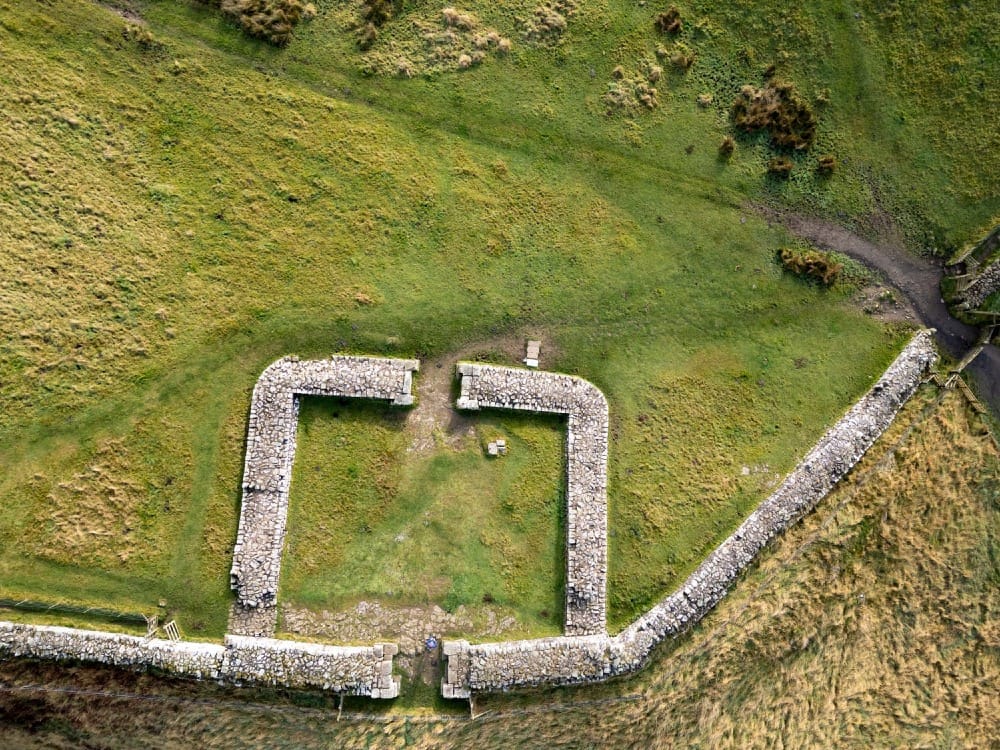
COMPACT EDITION!
Thanks for coming along
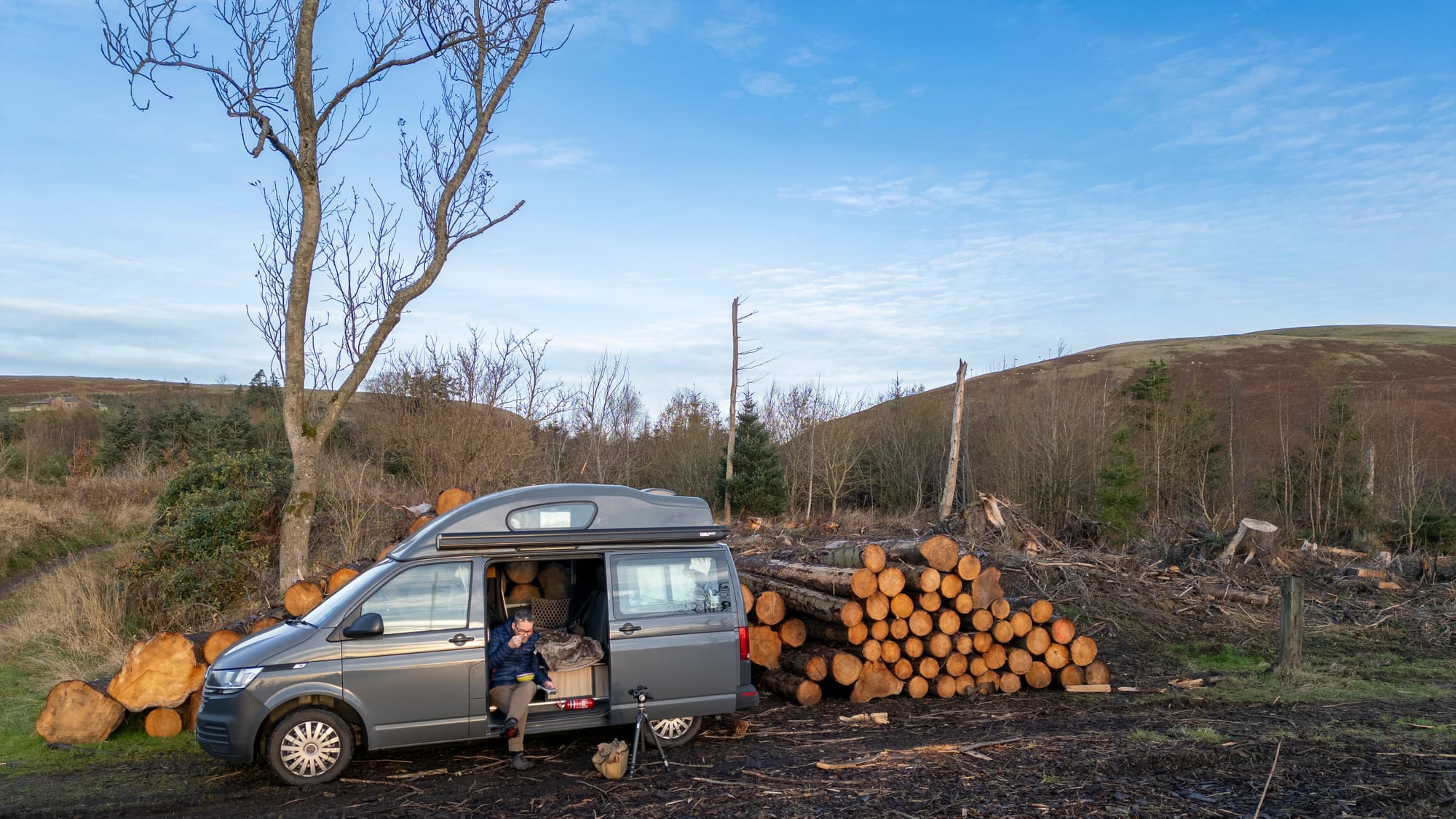
⚡️ View the latest digest and the full archive here.
📐 My Goals ℹ️ Donations Page & Status 📸 MPP Status 🛍️Shop
Past Perfect, Future Tense
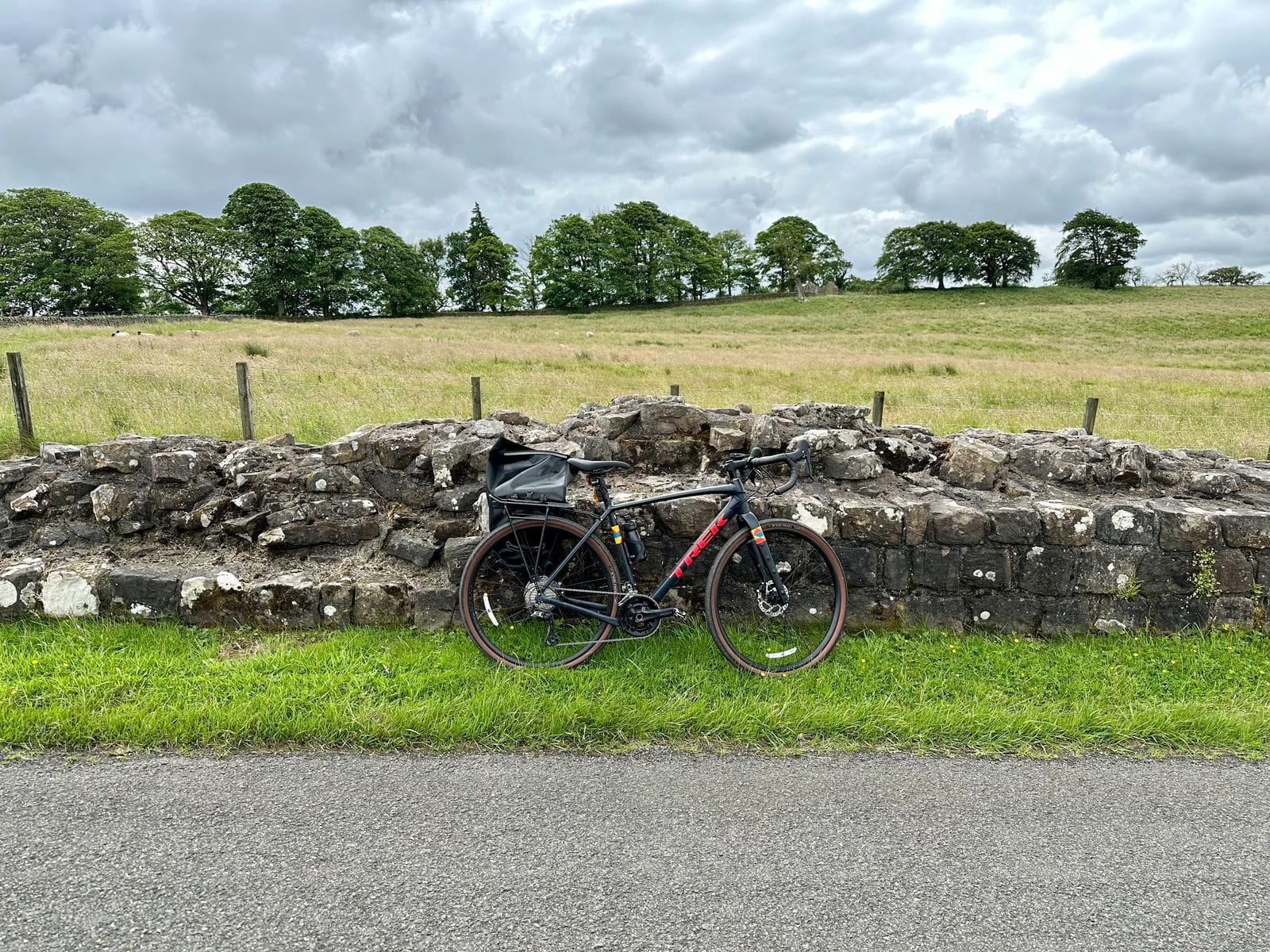
The last time I was over at Hadrian’s Wall, I rode alongside it on my gravel bike, Splinter. I stopped at turret 49b and gazed at the sweep of wall stretching from west to east.
A few months later, the cycling had to stop. A visit to the doctor diagnosed a hernia, and I was told to take it easy until the operation—several months away. It’s hard to explain the weight of that news: having to mothball the bike and reduce my exercise, which I rely upon to support my mental health and wellbeing.
I’ve had a hernia before (on the other side), and the consultant wryly said it was probably from carrying my heavy equipment up too many medieval spiral staircases. When I awoke from the operation, one of the people looking after me said that the last thing I’d said before going under was, ‘Durham Cathedral.’
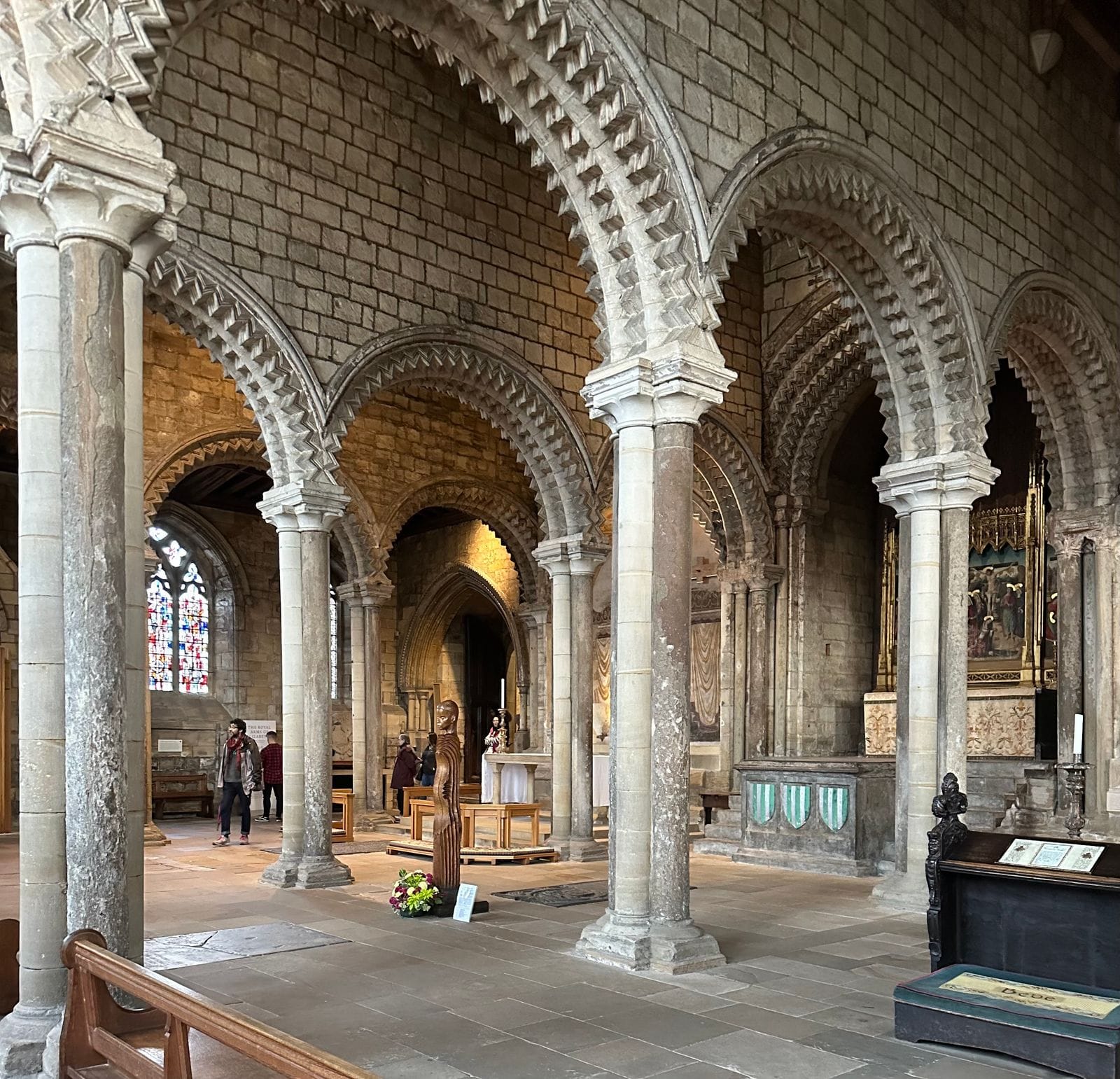
Today up in the heights of the Whin Sill outcrop topped by an ancient ribbon of limestone wall for as far as the eye can see, I think my last words before I go under for the next operation might be ‘Hadrian’s Wall'.
For this place is truly breathtaking - a shock of rugged landscape that was once, in the mists of time, a vast geological open wound, spurting magma into the outcrop we see today.
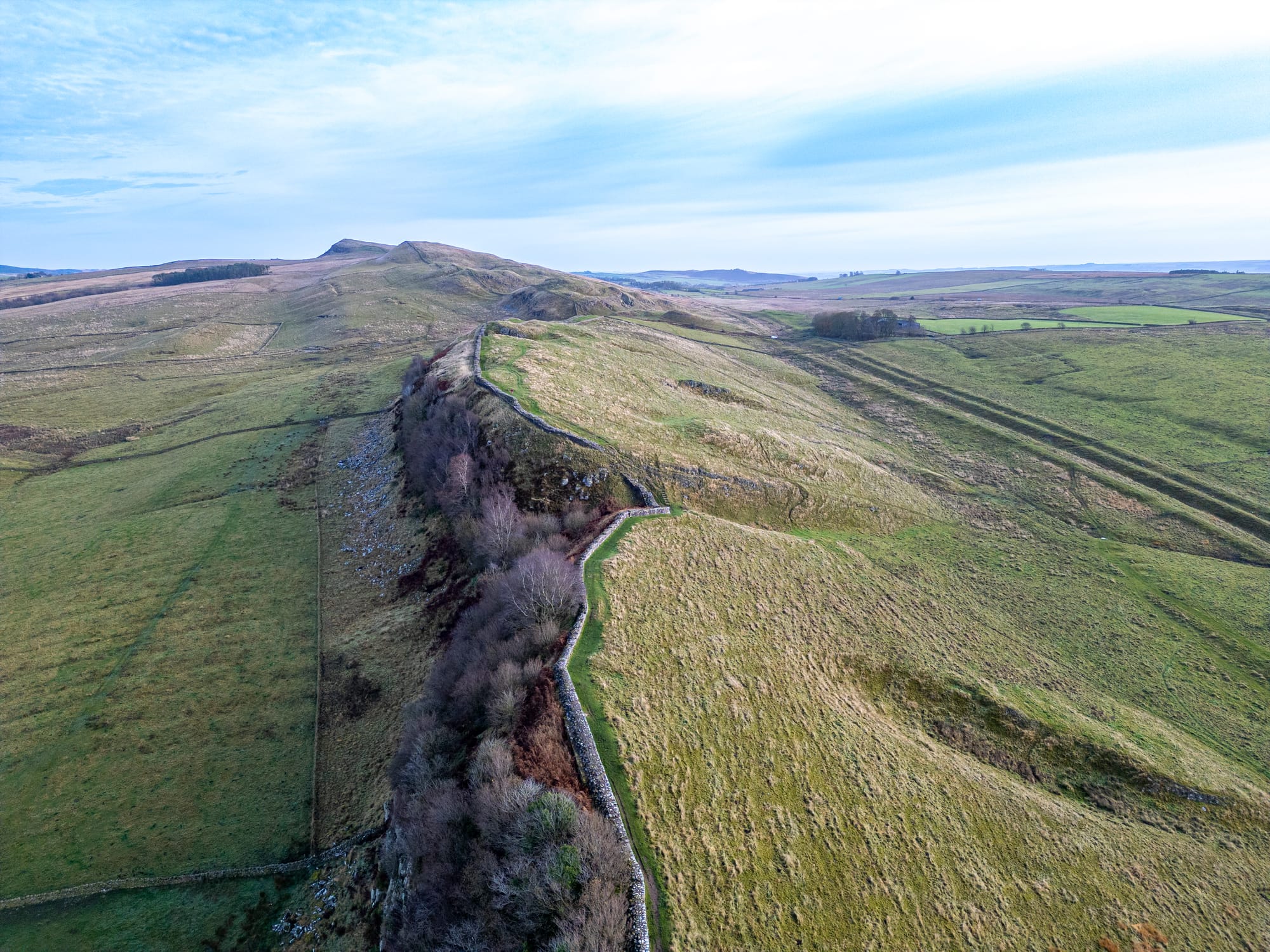
The Romans, ever pragmatic, crowned this natural barrier with their wall, an admonition to the north, both defensive and symbolic. The echoes of that volcanic flux reverberate still, manifesting in the human activities that have marked this landscape for millennia.
I park up at the redundant Cawfields Quarry - a deep water-filled gouge - that destroyed a lot of the wall and left it teetering in section at the top of the outcrop.
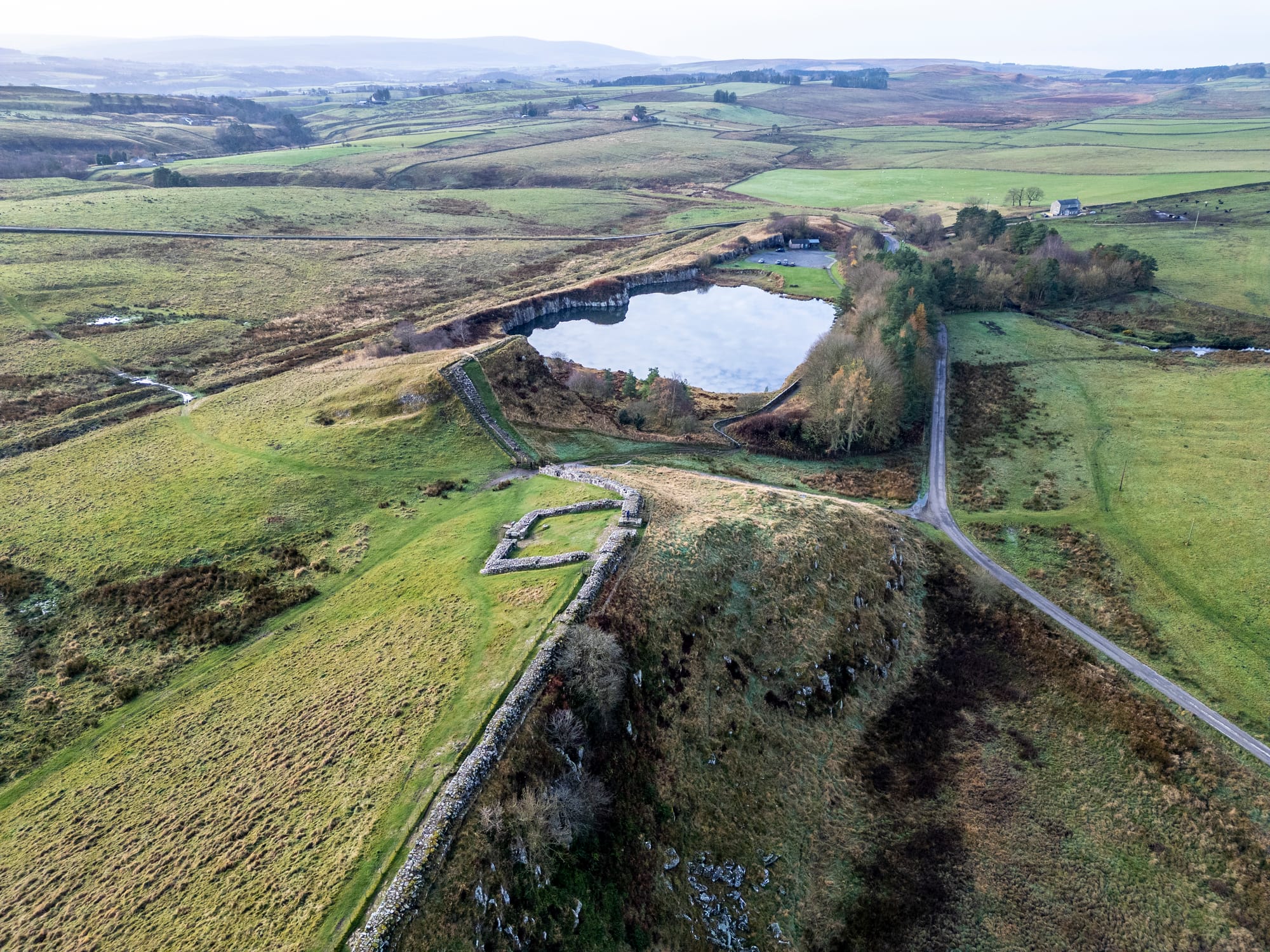
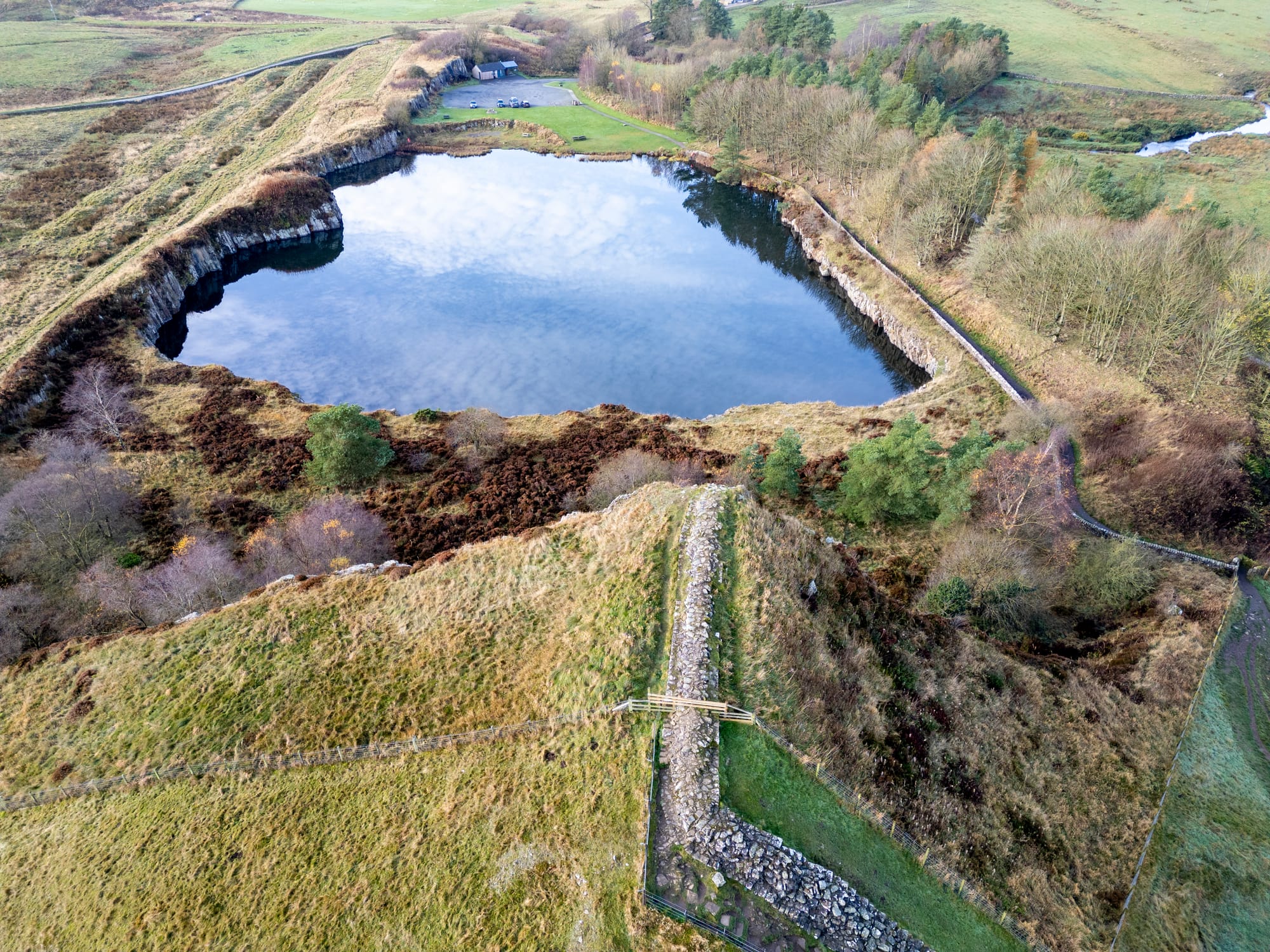
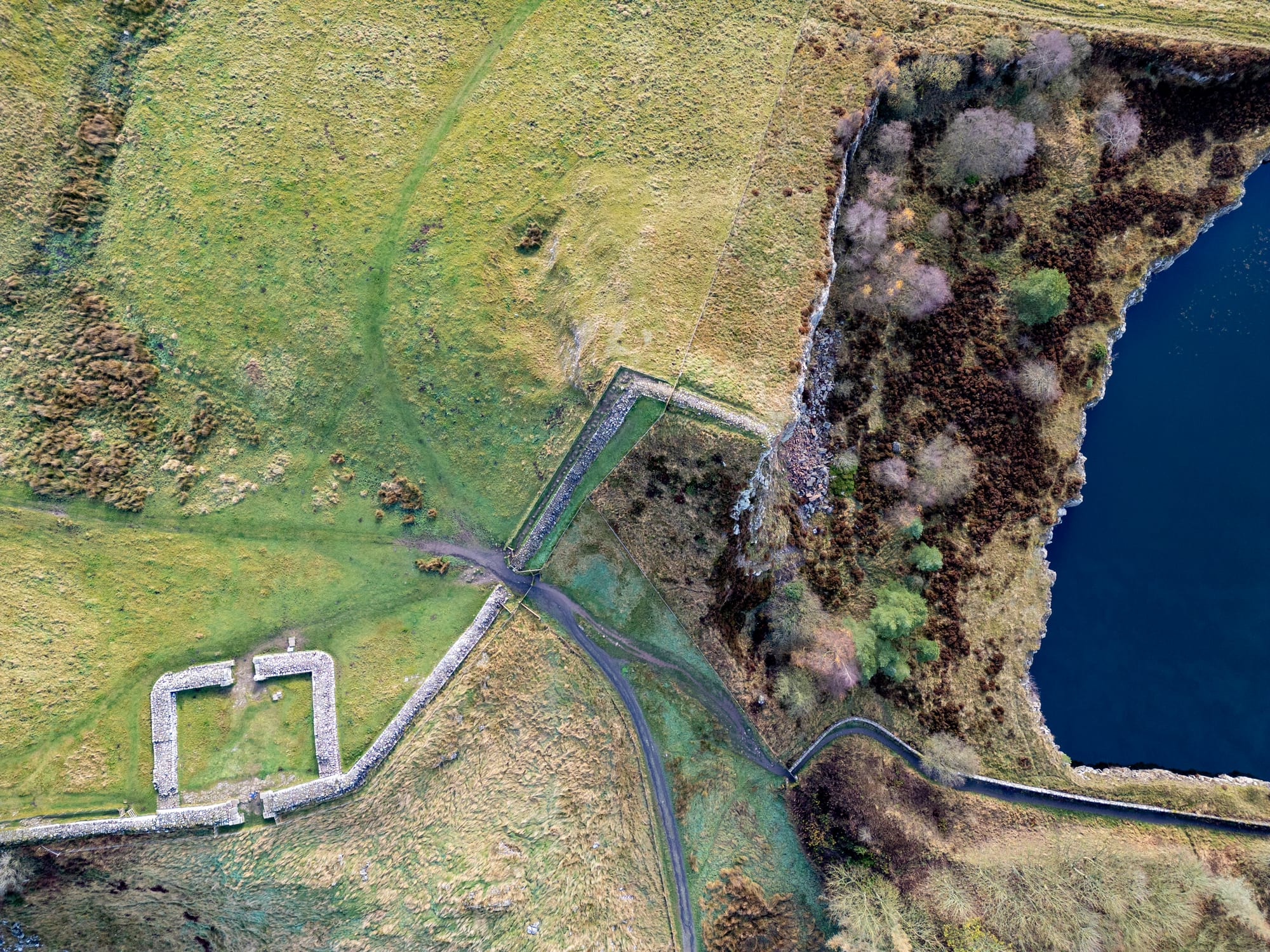
When I walk up to the wall the views along the axis of the Whin Sill are magnificent, following the thrust of petrified magma.
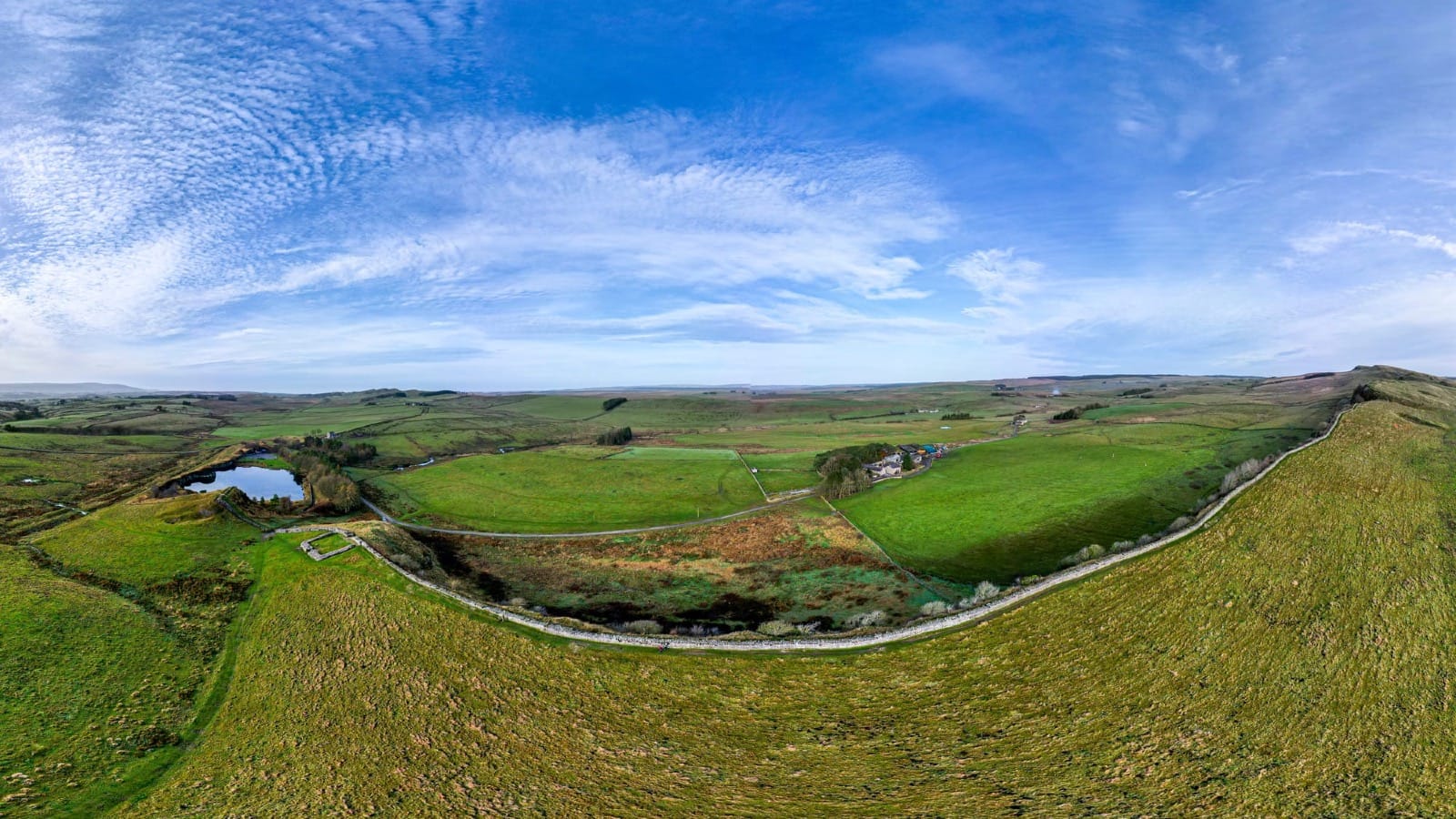
Hadrian’s Wall is not just a physical structure; it also carries whispers of human stories that emerge as artefacts from the soil. Nearby, at Vindolanda, preserved in layers of anaerobic clay, some of Britain’s oldest handwritten documents reveal the voices of people long gone. They speak of birthday parties, a need for warm socks, of camaraderie and duty. They worry about the weather: “Caelum crebris imbribus ac nebulis foedum”—the sky is obscured by constant rain and cloud. And they fret about their orders: “Are we to return with the standard to the shrine at the crossroads all together or every other one, that is half of us?”
After nearly two millennia, through the rise and fall of empires, kingdoms, and shifting borders, Hadrian’s Wall reminds us that, in essence, nothing has really changed.
When the wall was first built, auxiliary units from all over the Roman Empire inhabited the ribbon of landscape between the wall and the vallum (ditch) that follows its line to the south. Archaeological evidence shows that the soldiers came from modern day Belgium, the Netherlands, France, Germany and Romania. A cohort from North Africa were stationed at a milecastle in Cumbria. In spite of Rome’s imperial bent, with all the subjugation and exploitation that came with it, the wall was witness to a remarkable mix of cultures and traditions in the 5th-century that must have filtered out beyond the vallum into the surrounding parts.
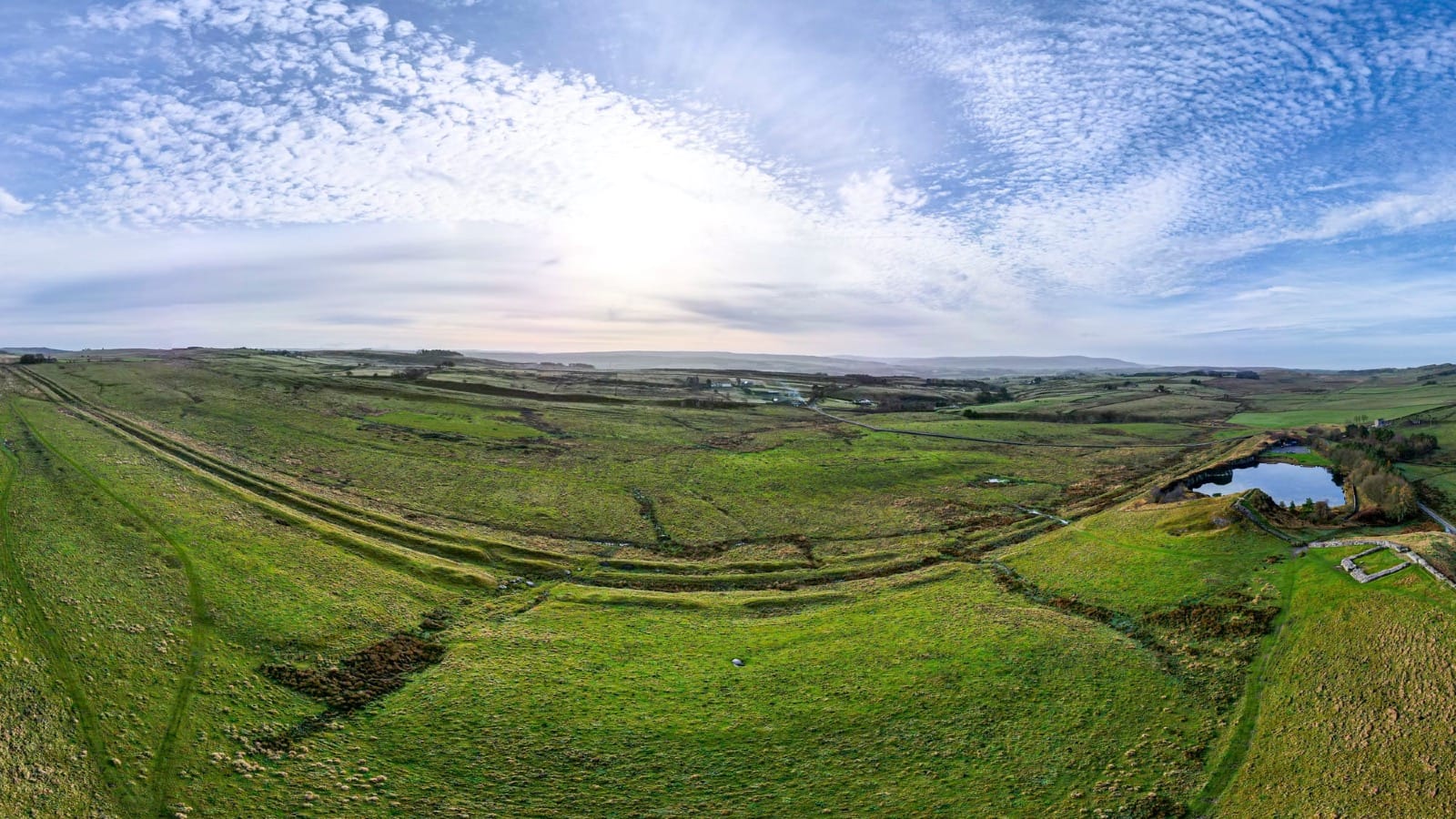
Later, as I trace the route of the B6318, one of Britain’s most beautiful roads, I come upon the remains of the Roman Temple of Mithras at Brocolitia.
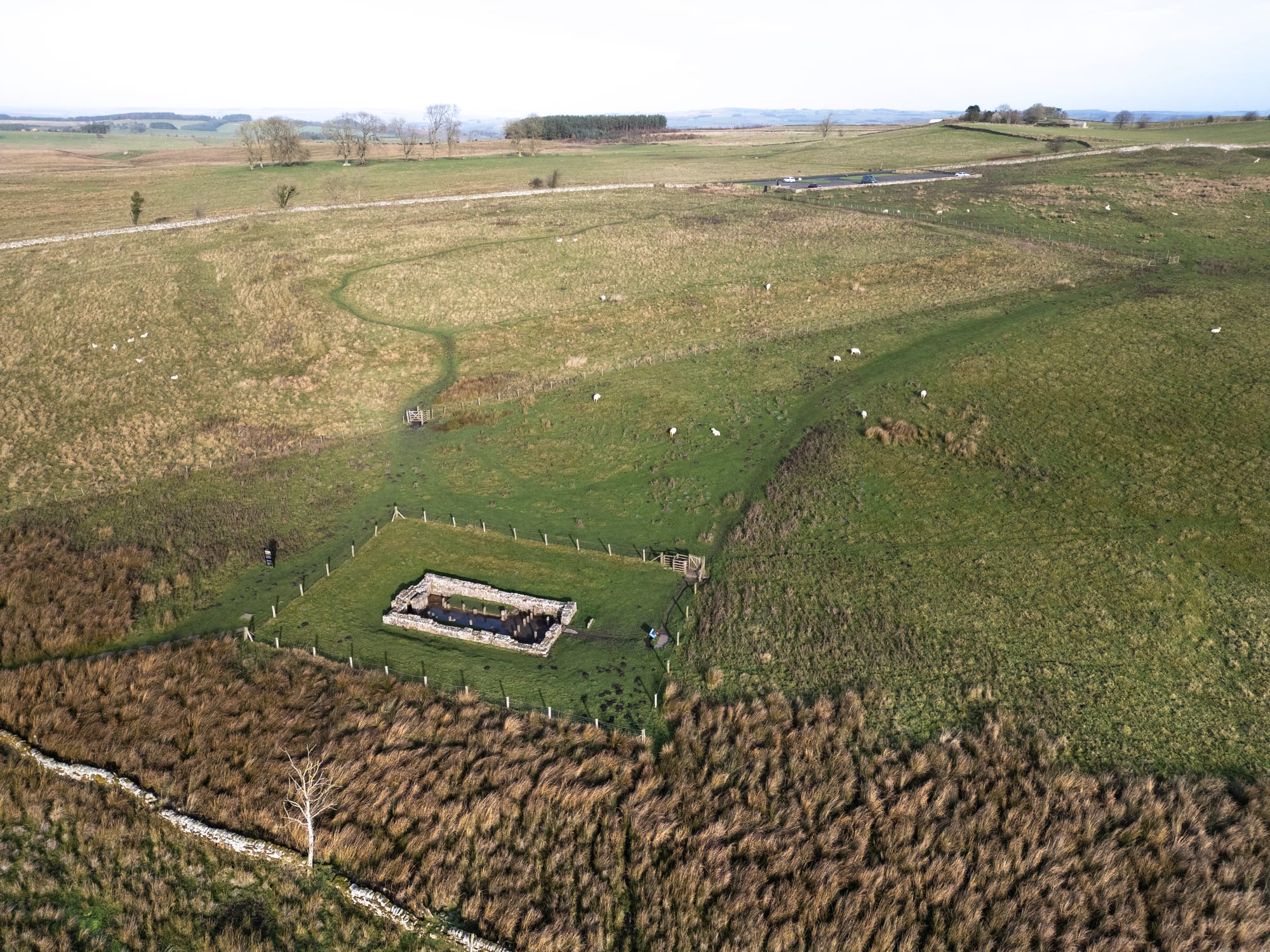
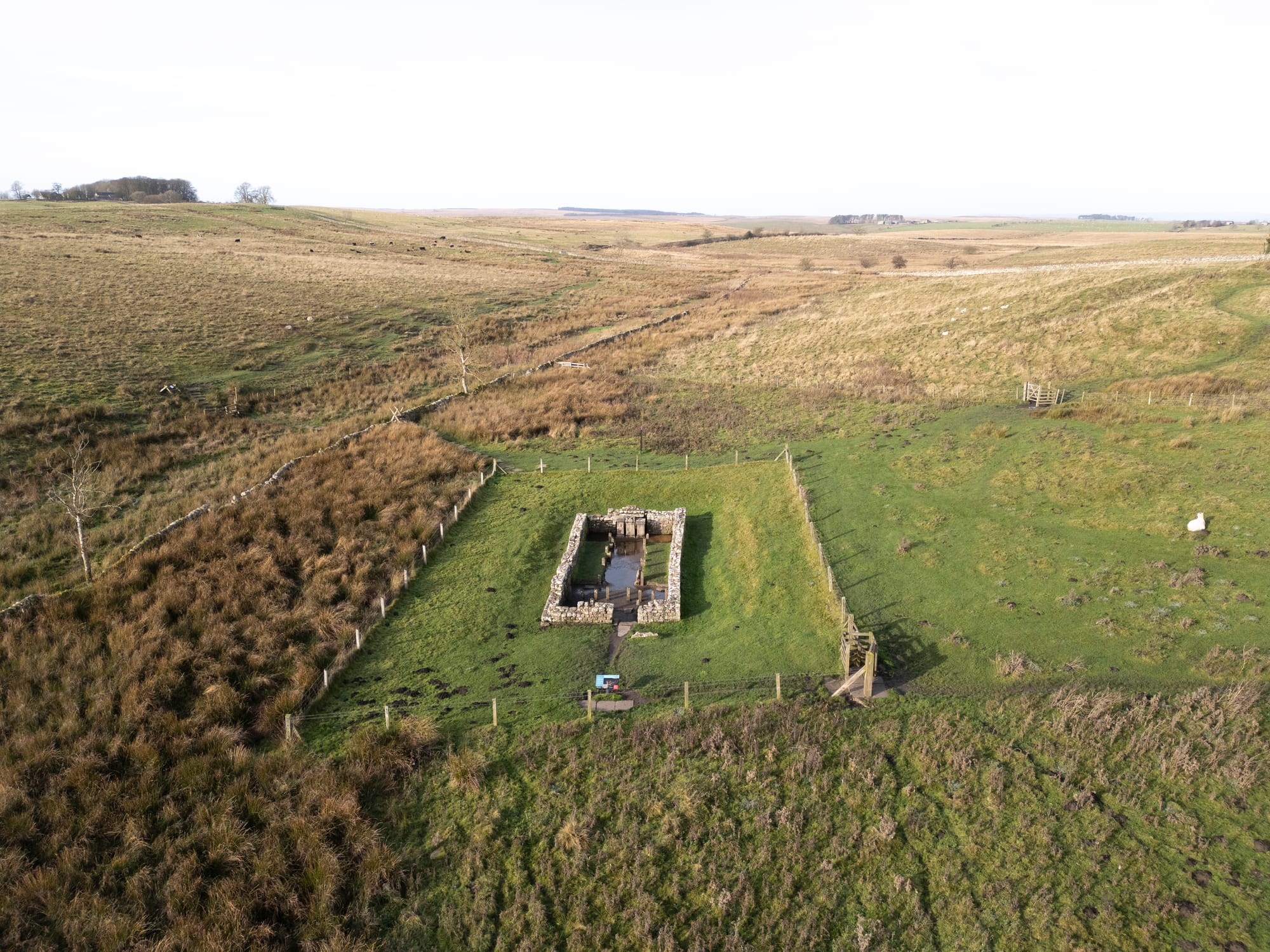
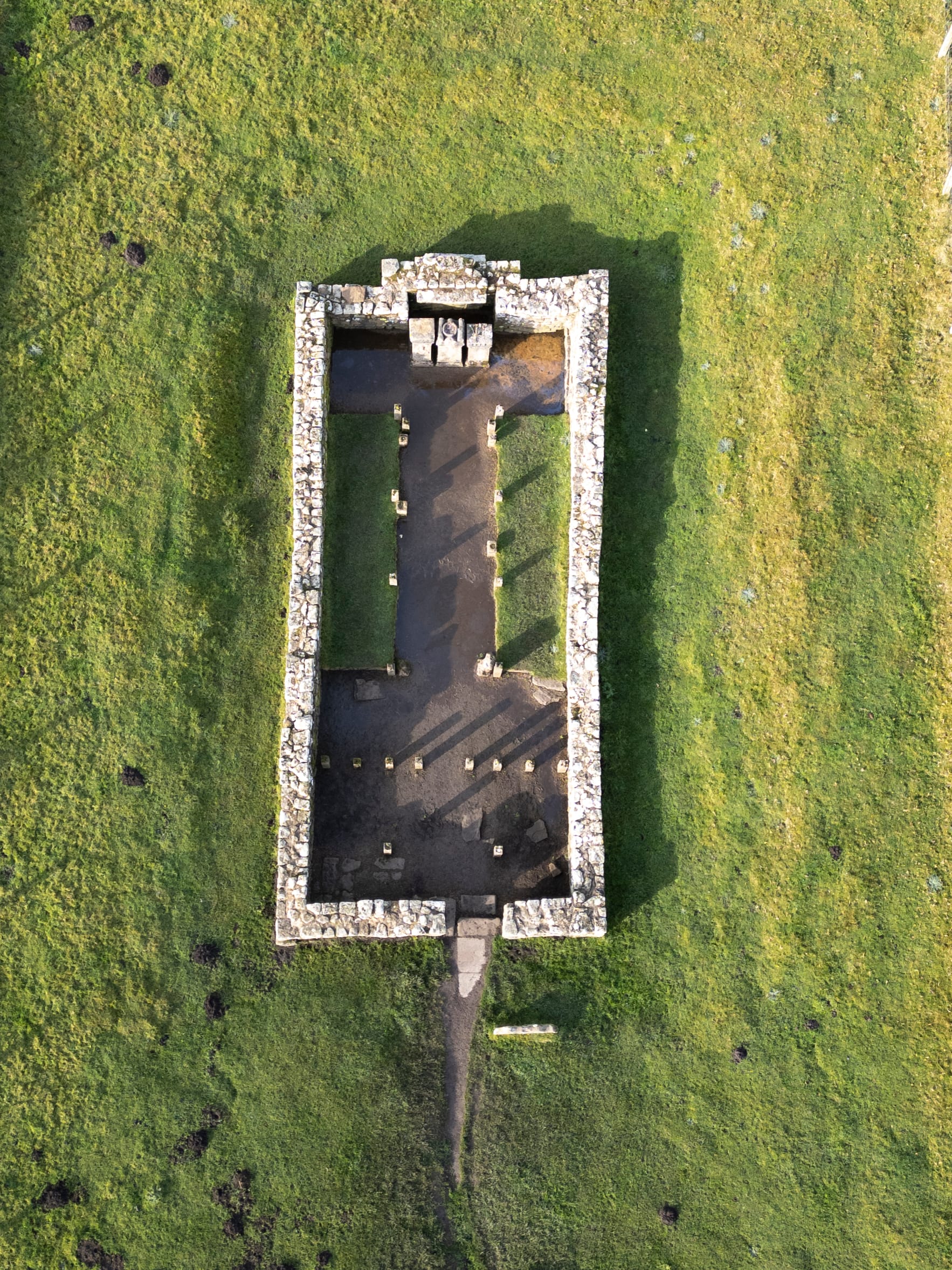
The Brocolitia Roman Temple is dedicated to a deity that cultivated loyalty to the emperor. Its simple plan looks very familiar. It reminds me of how things change, but never change. It's remarkable to think that shrines and buildings like this were the folded into our own churches - a material continuity across epochs of change that harbours a stratigraphy of belief. Pope Gregory’s letter to Abbot Mellitus in 601 AD is telling:
‘Tell Augustine that he should by no means destroy the temples of the gods but rather the idols within those temples. Let him, after he has purified them with holy water, place altars and relics of the saints in them. For, if those temples are well built, they should be converted from the worship of demons to the service of the true God.’
At St. Michael’s in Michaelchurch, Herefordshire, a Roman shrine is still embedded in the blocked north doorway. Further afield, beneath Rome’s Basilica of San Clemente lies a 12th-century basilica atop a 4th-century church, which in turn rests above a 3rd-century temple to Mithras.
Hadrian’s Wall is more than a relic of empire. Its stones whisper of the interconnectedness of human lives. Here we find not just the traces of a frontier but a reminder that we are part of an evolving story.
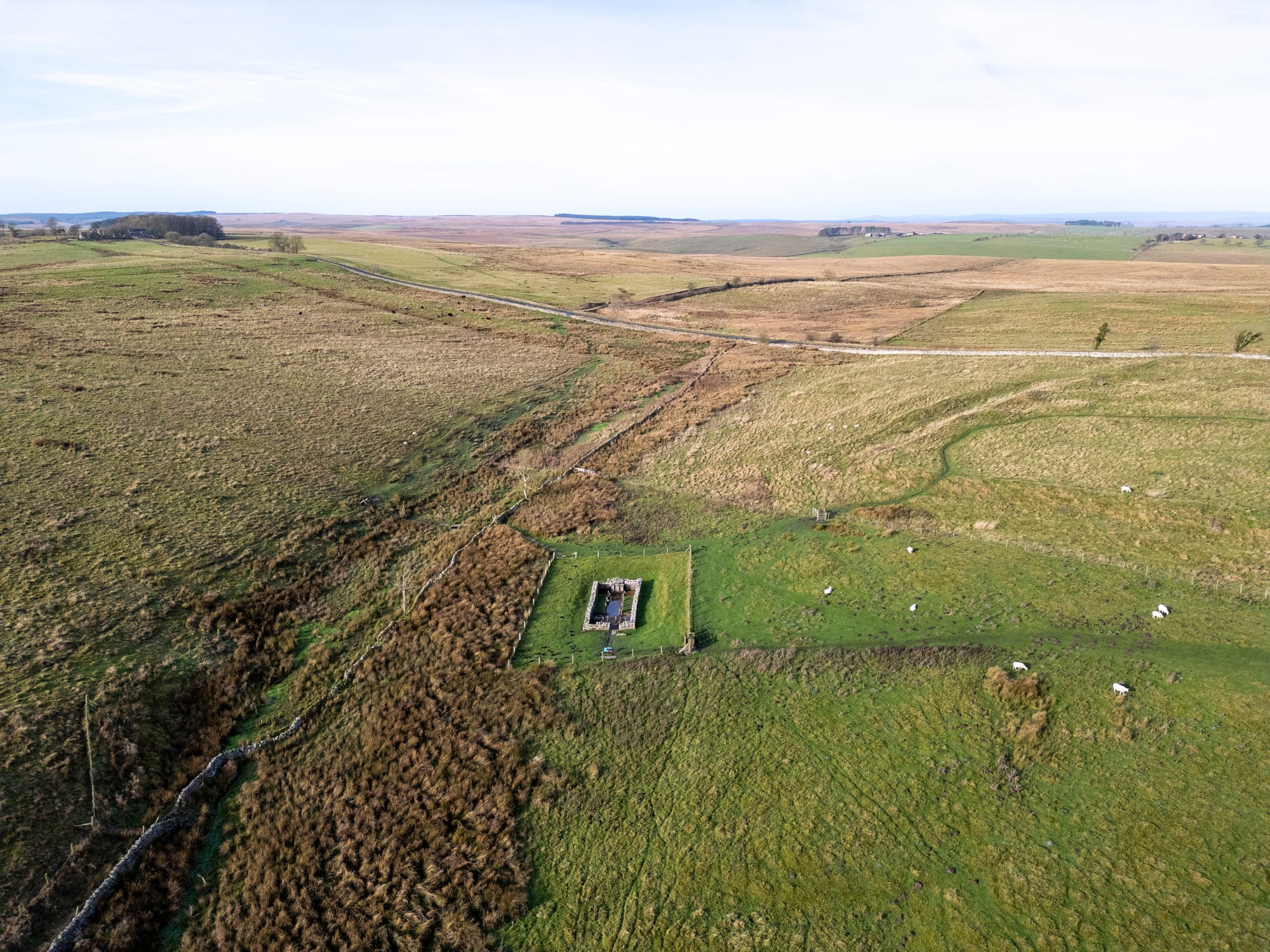
Standing here above the Cawfields milecastle, I feel its weight and its lightness all at once. And I am reminded of a line from T.S. Eliot: “Time present and time past are both perhaps present in time future, and time future contained in time past.”
The wall and its curtilage endures because it is more than stone—it is a living testament to a continuity that, in spite of upheaval and change, defines us all.
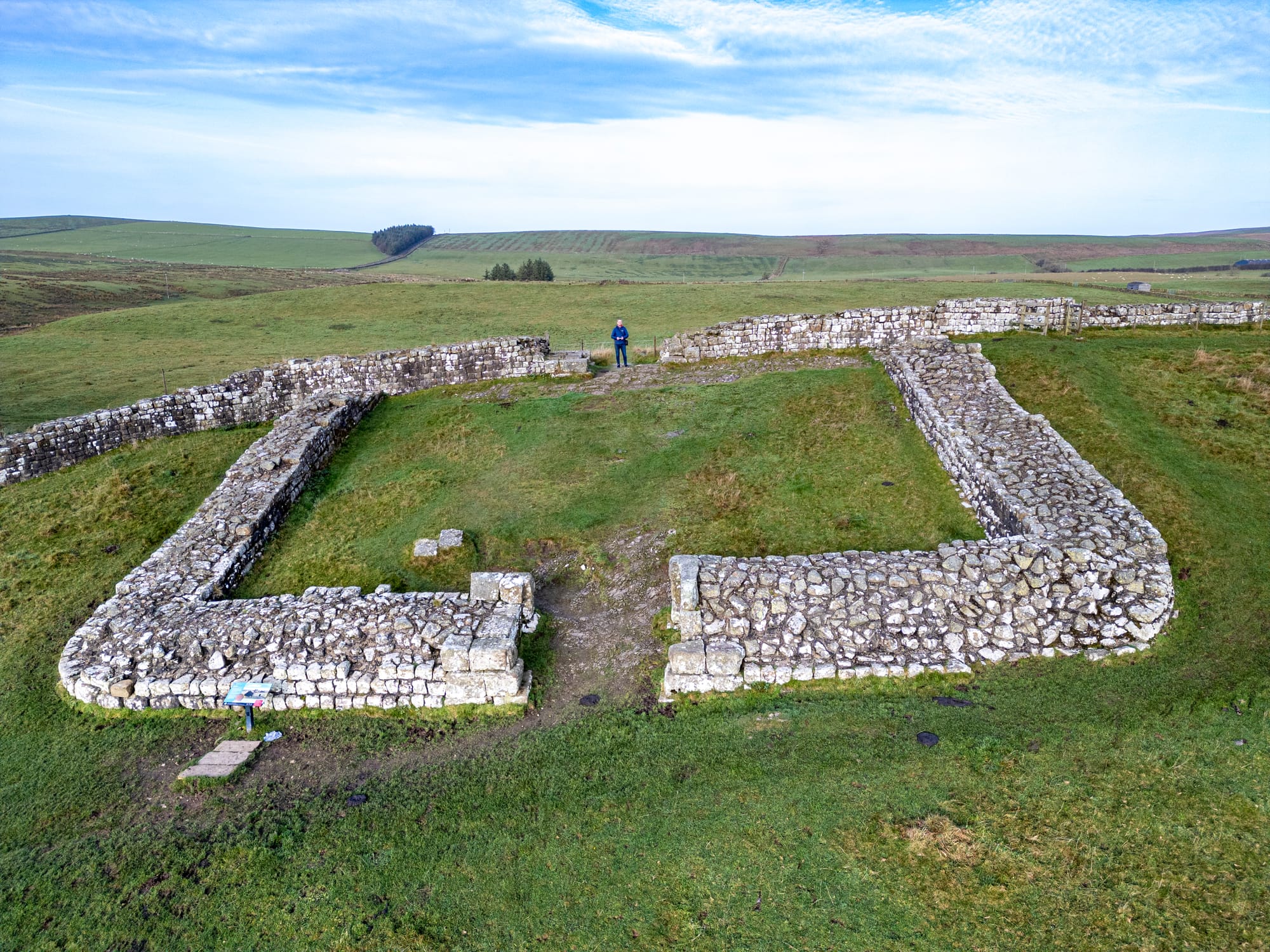
Visitor Parking Maps (only viewable via online version)
Cawfield Quarry
Mithraic Temple
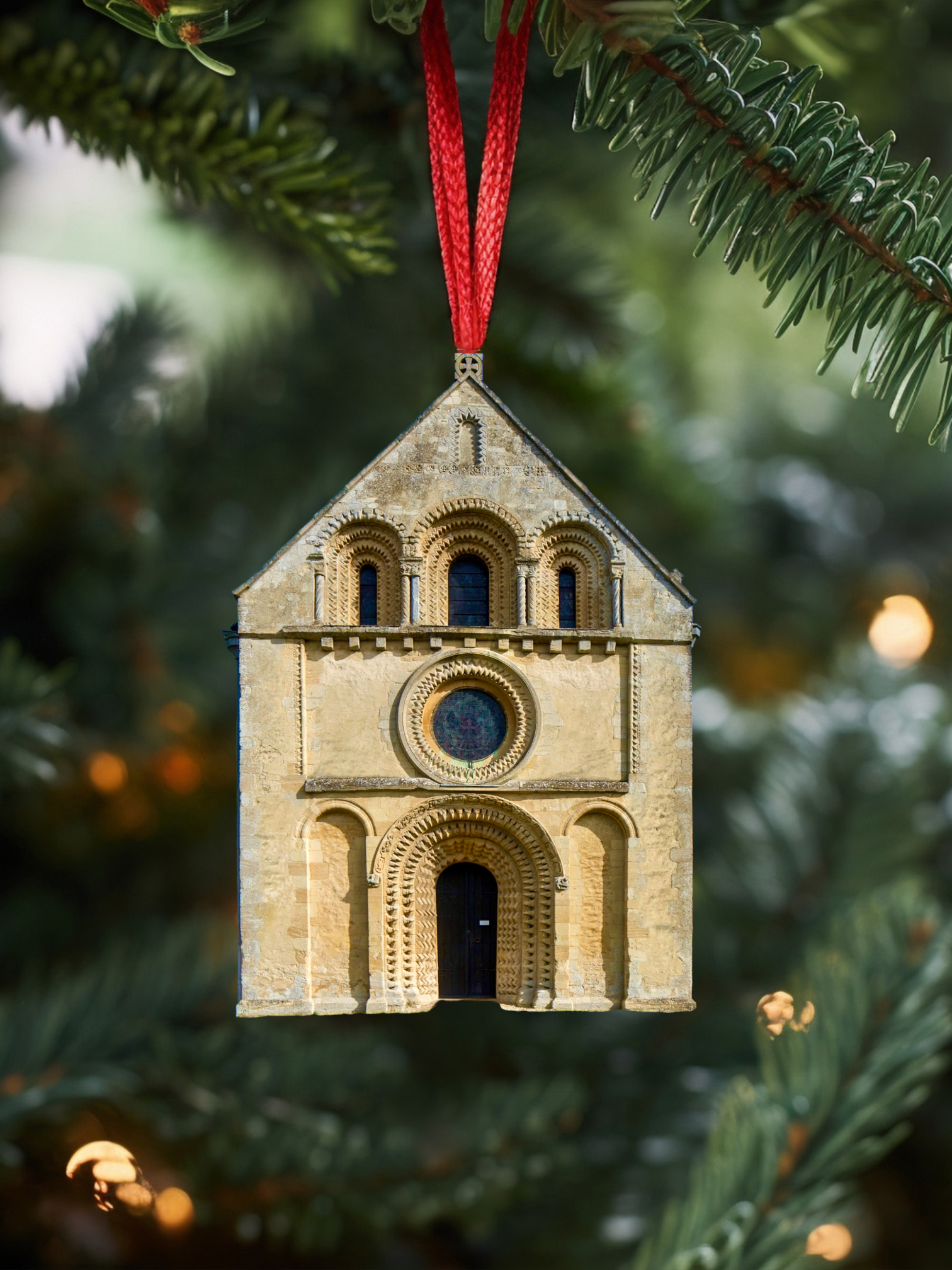
THE DEVIL IS IN THE DETAIL
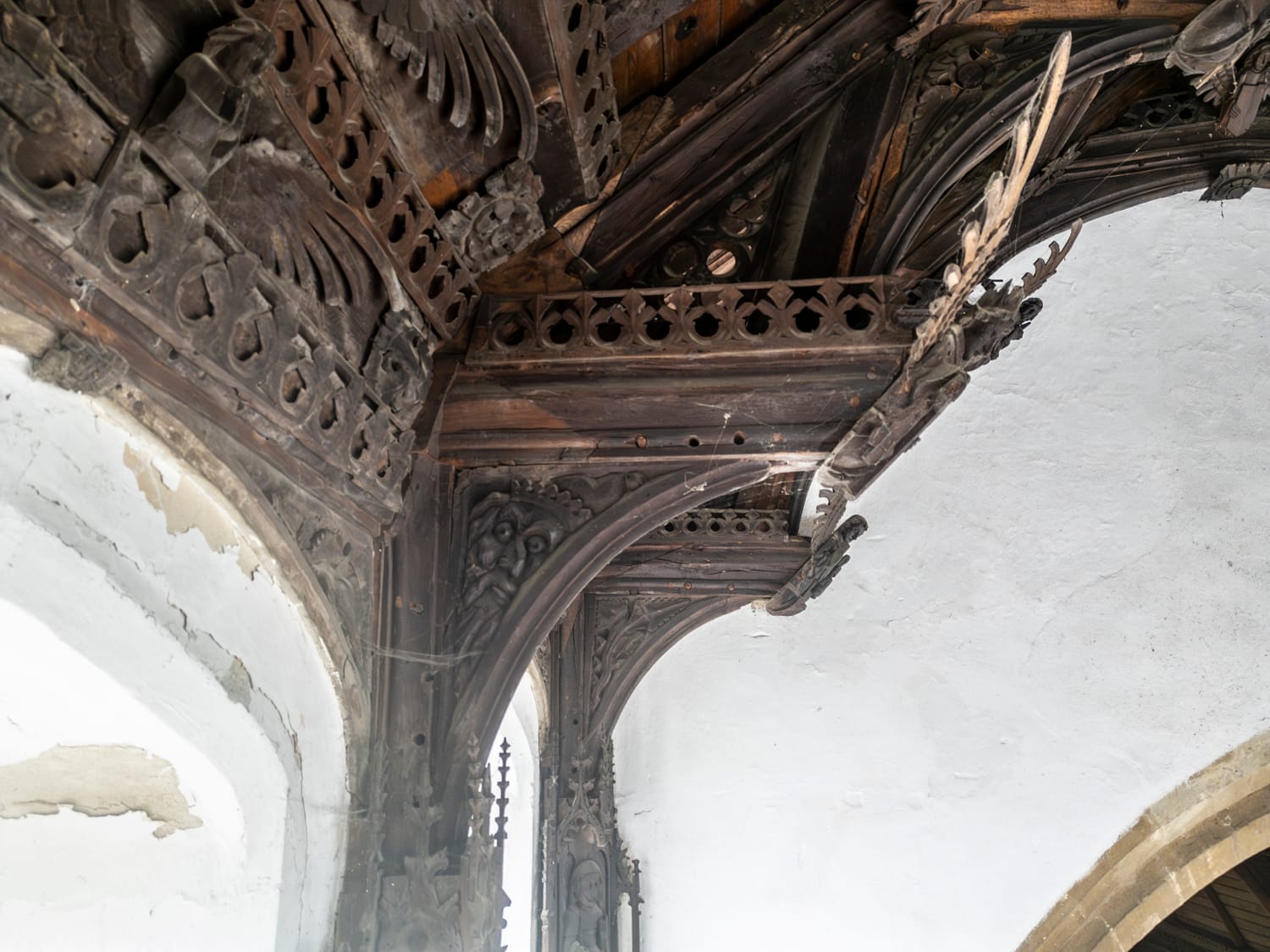
This week I travelled to March in Cambridgeshire to carry out some professional photography of the remarkable church of St. Wendreda. The church has a beautiful medieval 'Angel Roof' (thanks to Robert Gower for recommending this place).
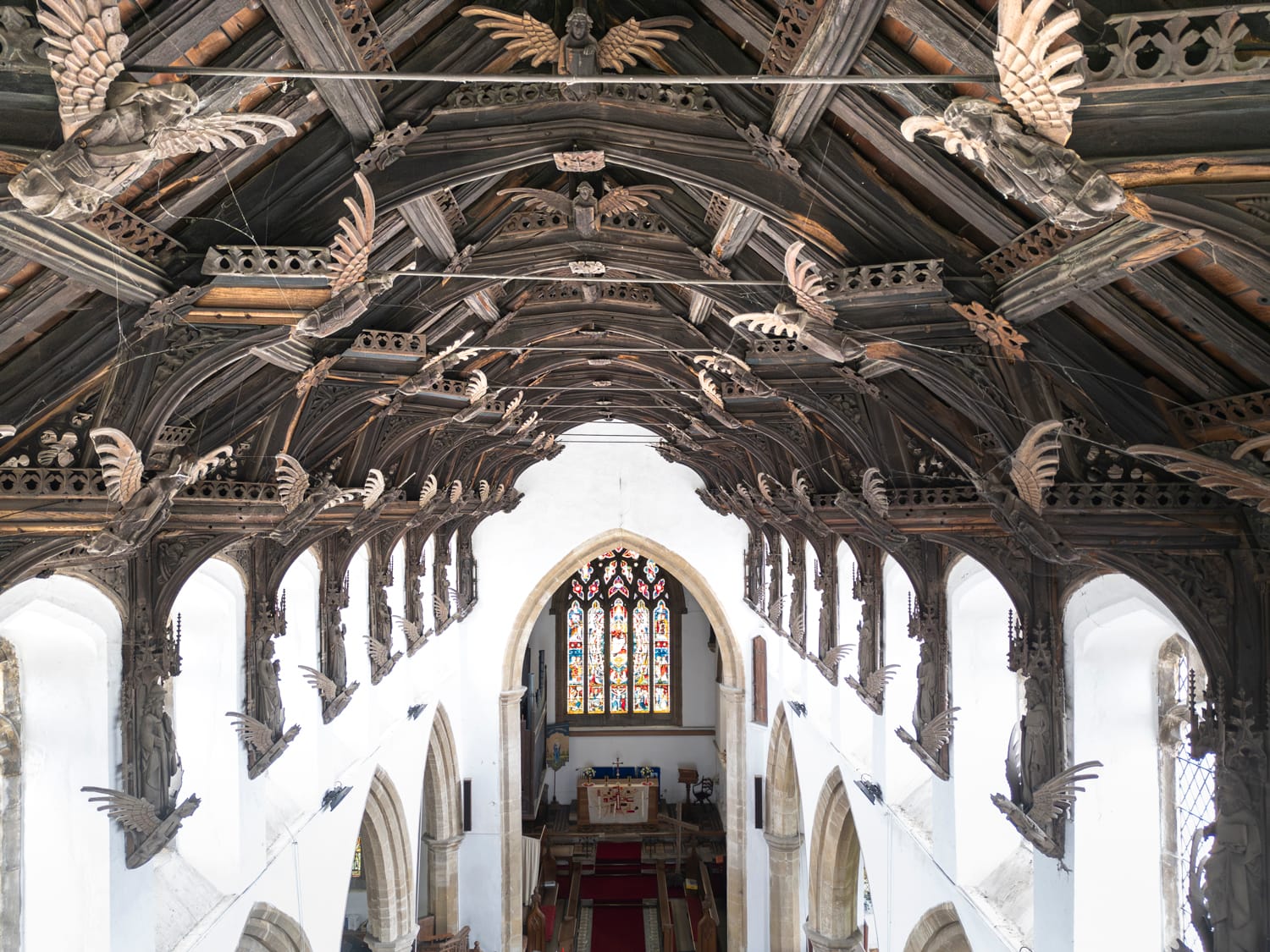
St. Wendreda's is currently trying to raise funds for the spire which has structural and material issues and urgently needs significant repair. You can check out the status of their appeal and give them more support here:
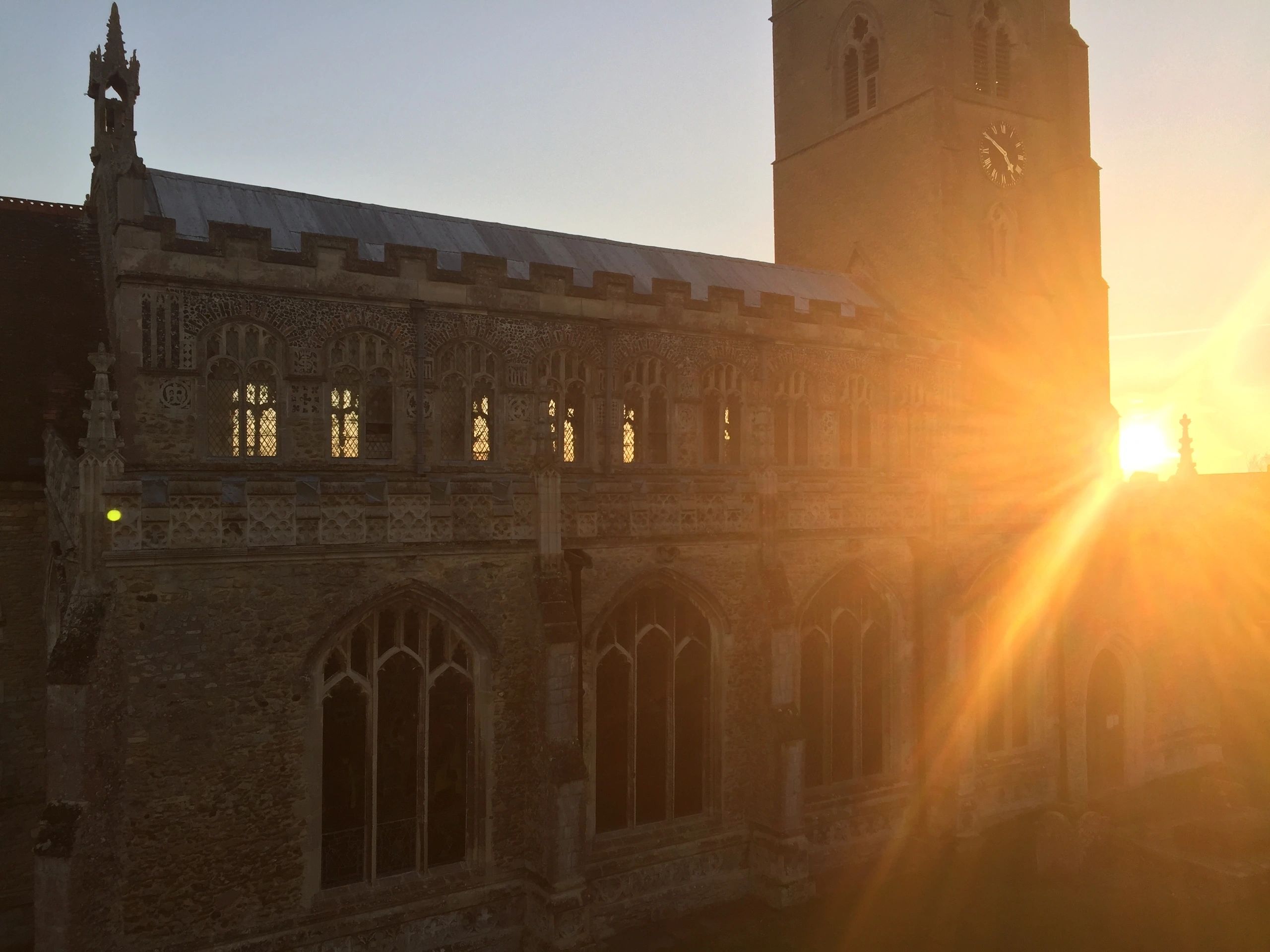
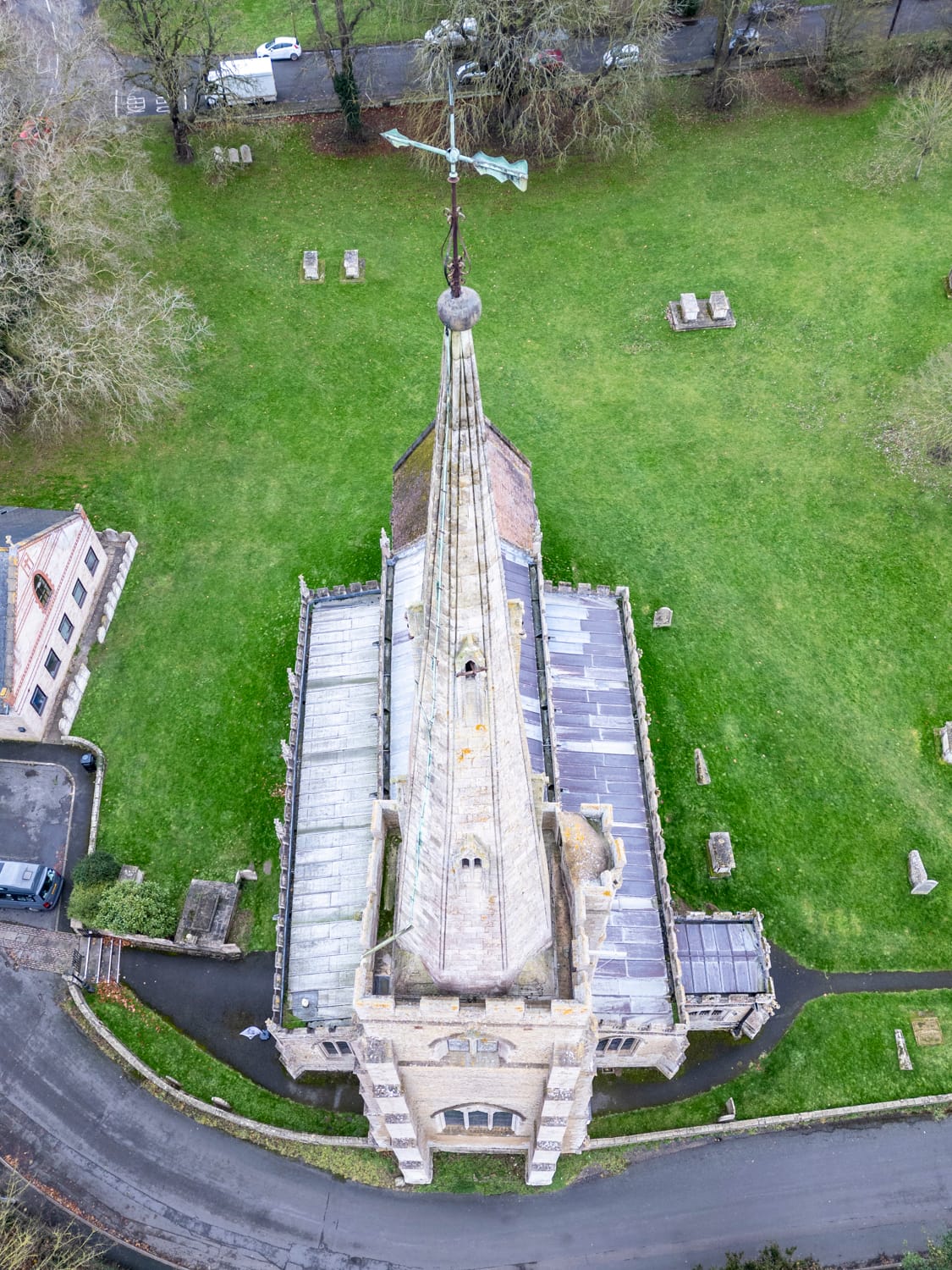
Thanks to Member Powered Photography I was able to photograph the church without any cost to the church. The photographs will help the church promote their appeal and give them a continuing record of the fabric including the angel roof.
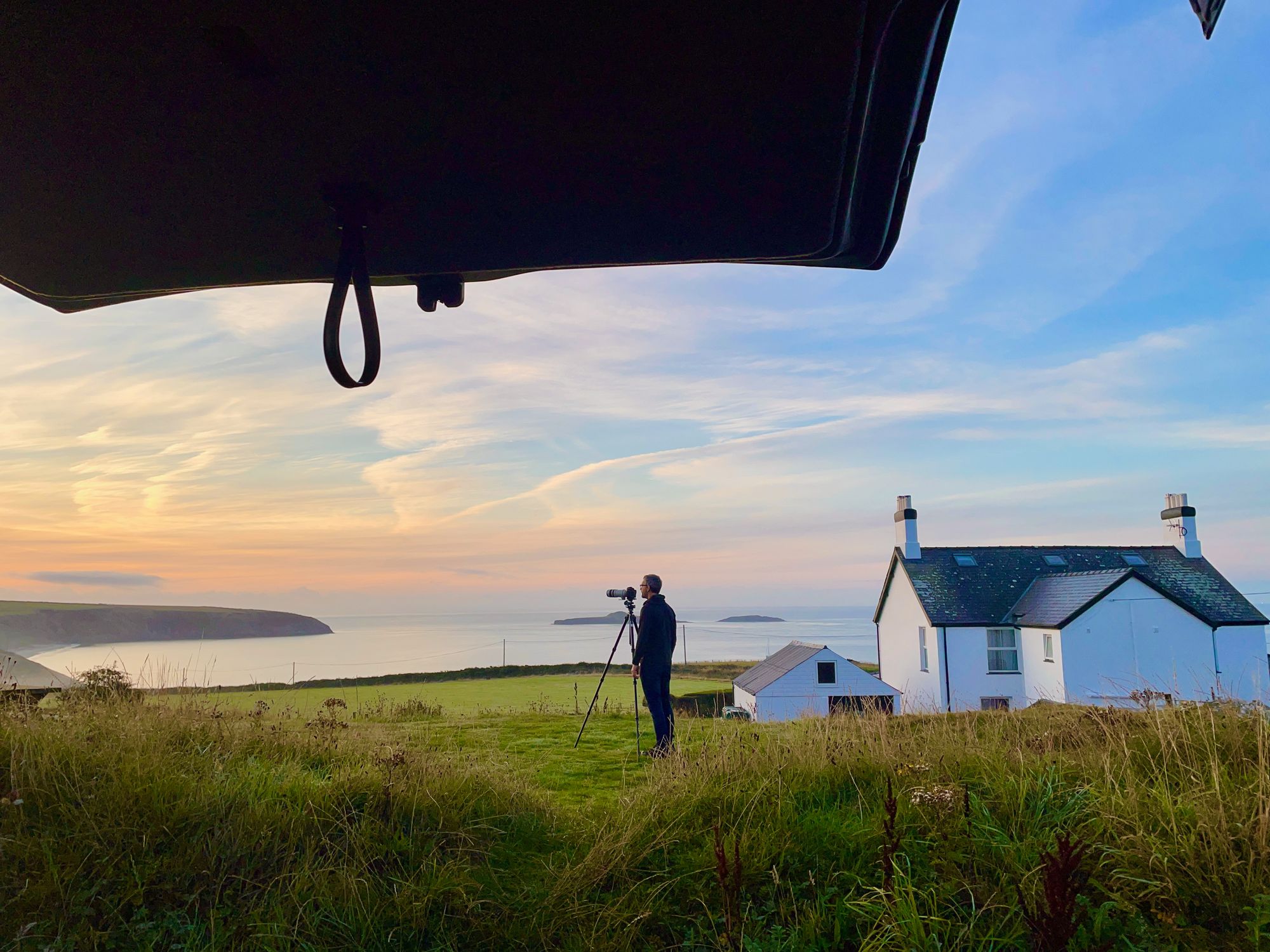
I'll be posting out about my visit to the church (with more amazing photographs of the angel roof) in the New Year.
Thank you for all your amazing support - I couldn't do photo shoots like this without you.
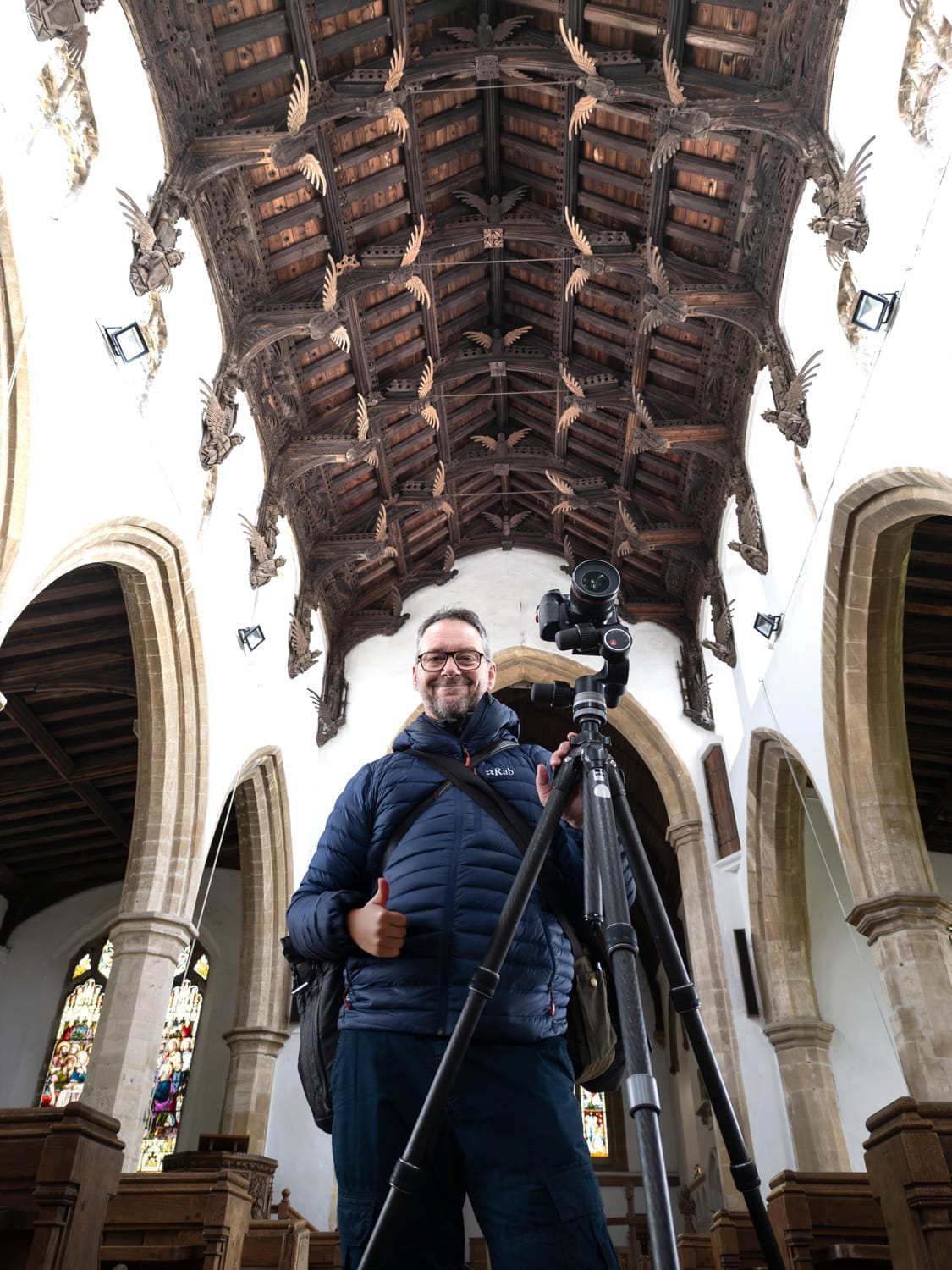
I put my heart and soul into the Genius Loci Digest and it takes a day a week to produce. With your support, I’m able to keep this digest free and public facing. 📸🏛🚐
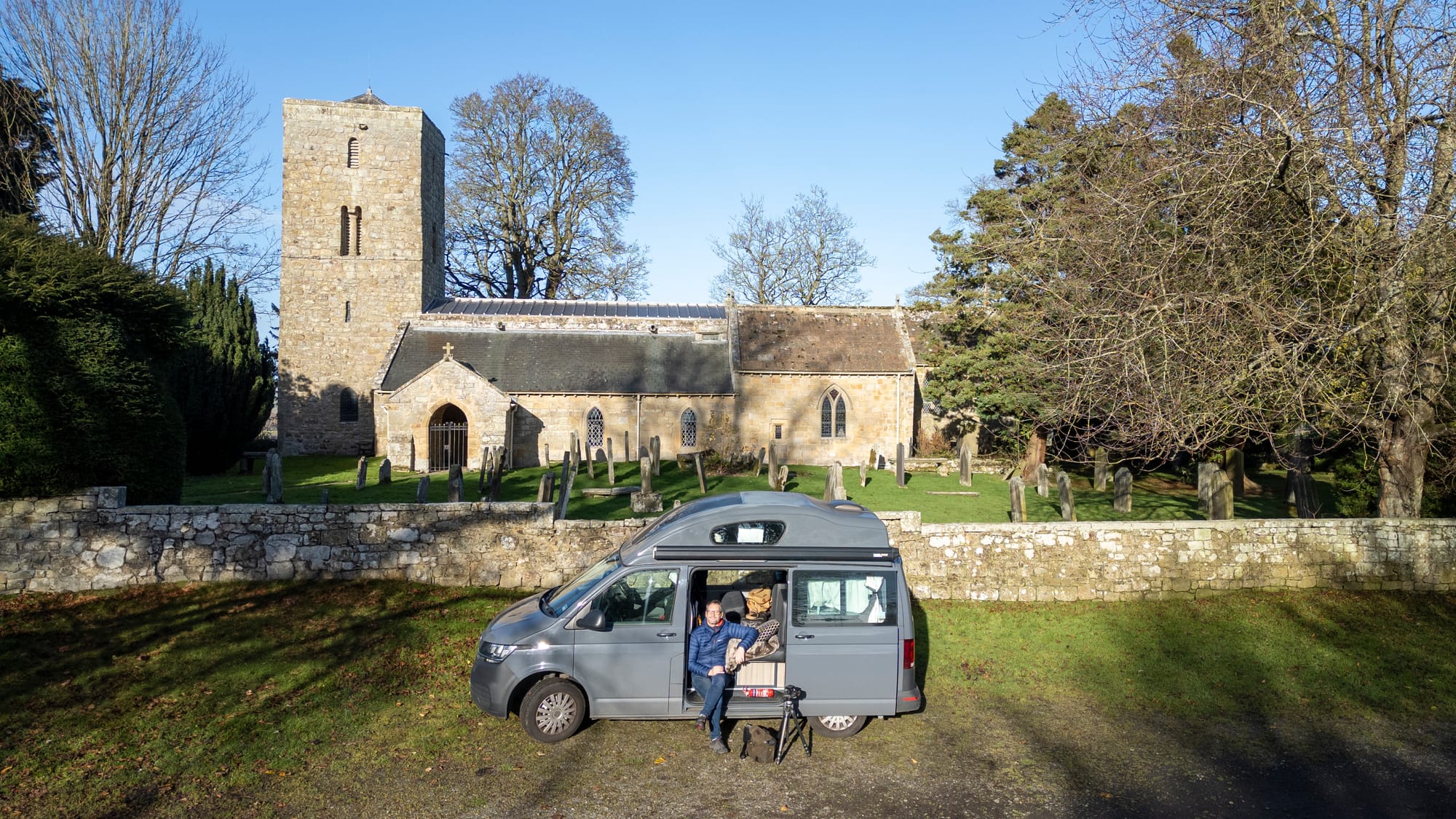
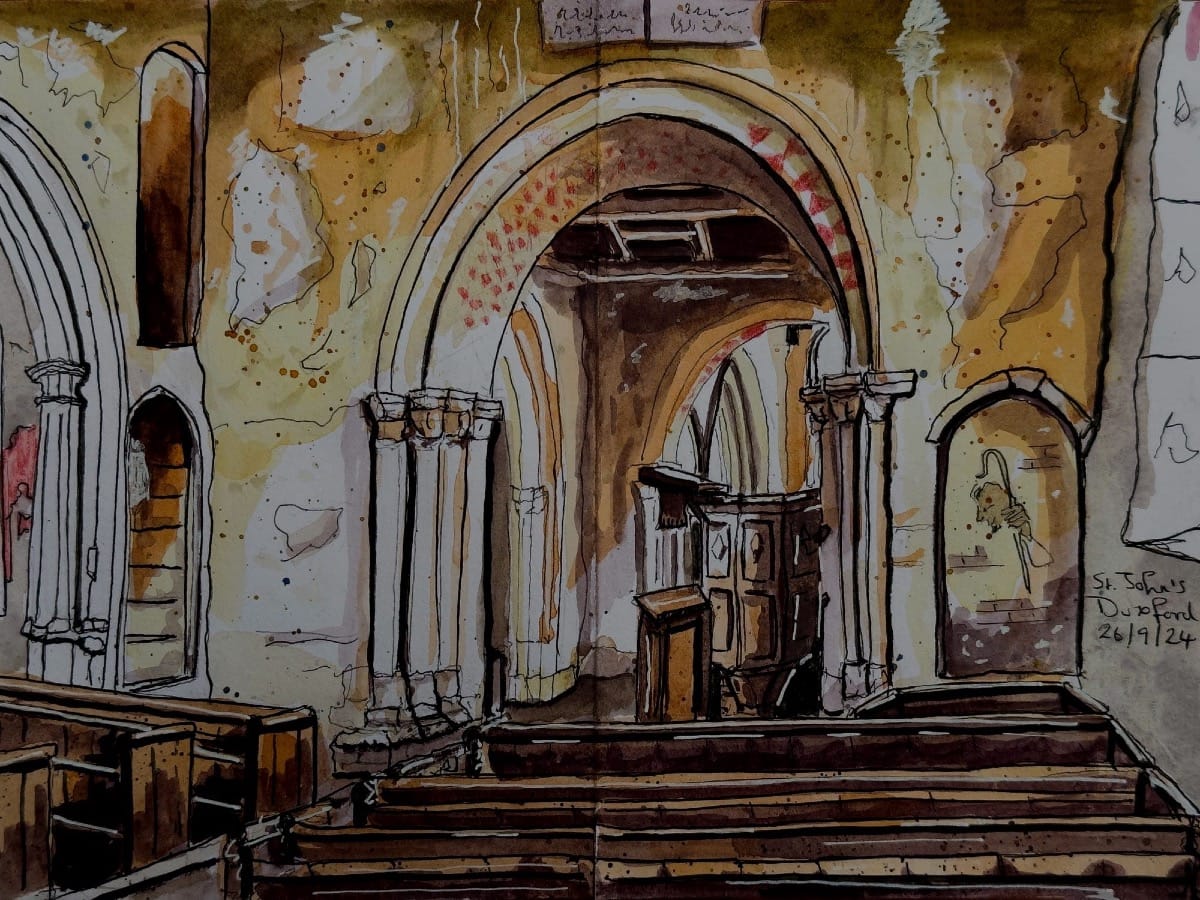
Atelier - My Art Shop
Visit My Art Shop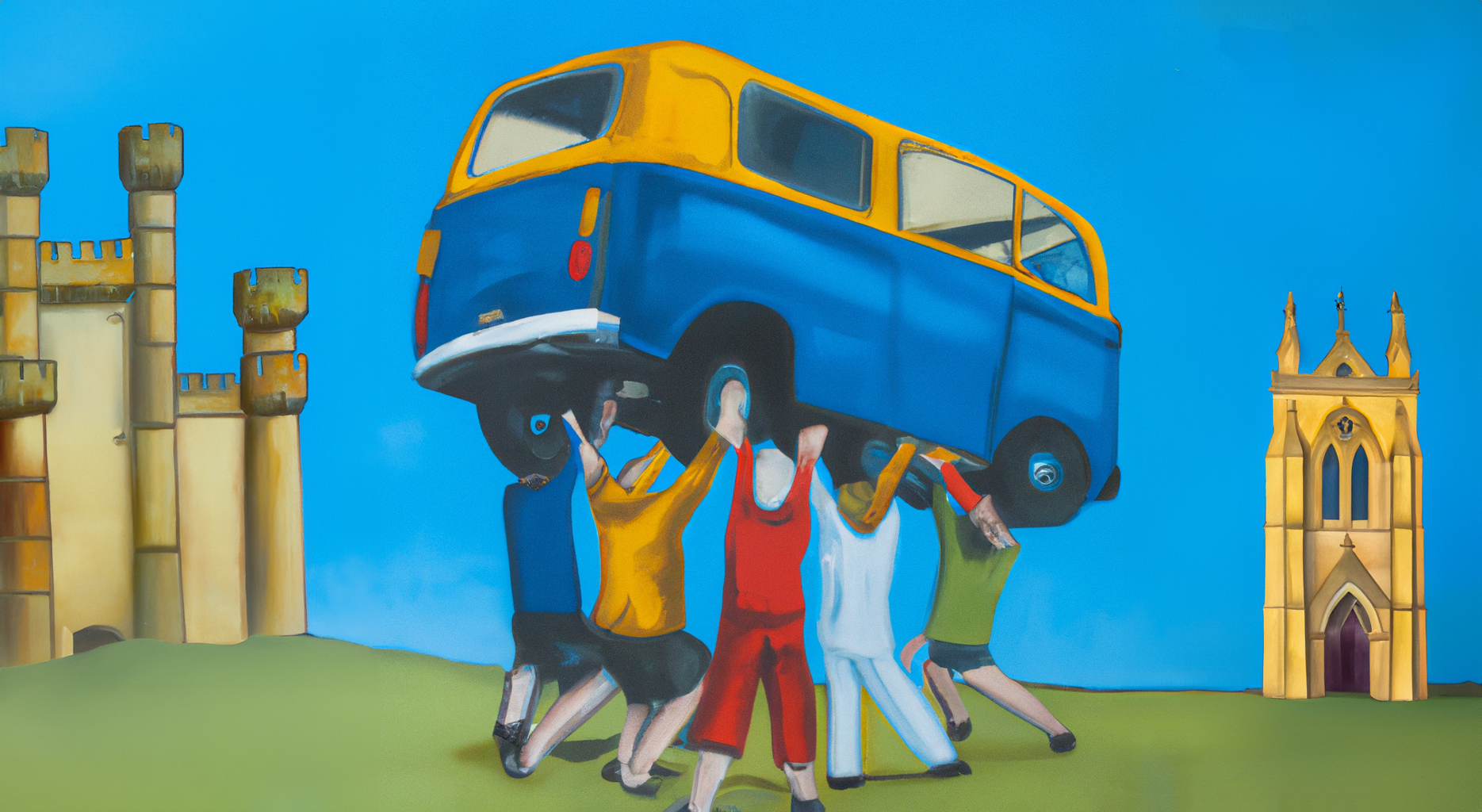
Do you know of a company or firm that might be able to sponsor the digest? Sponsorships are now going towards Member Powered Photography and recorded on the Donations Page.

Sponsor a Membership and get your own landing page on the Digest
More information here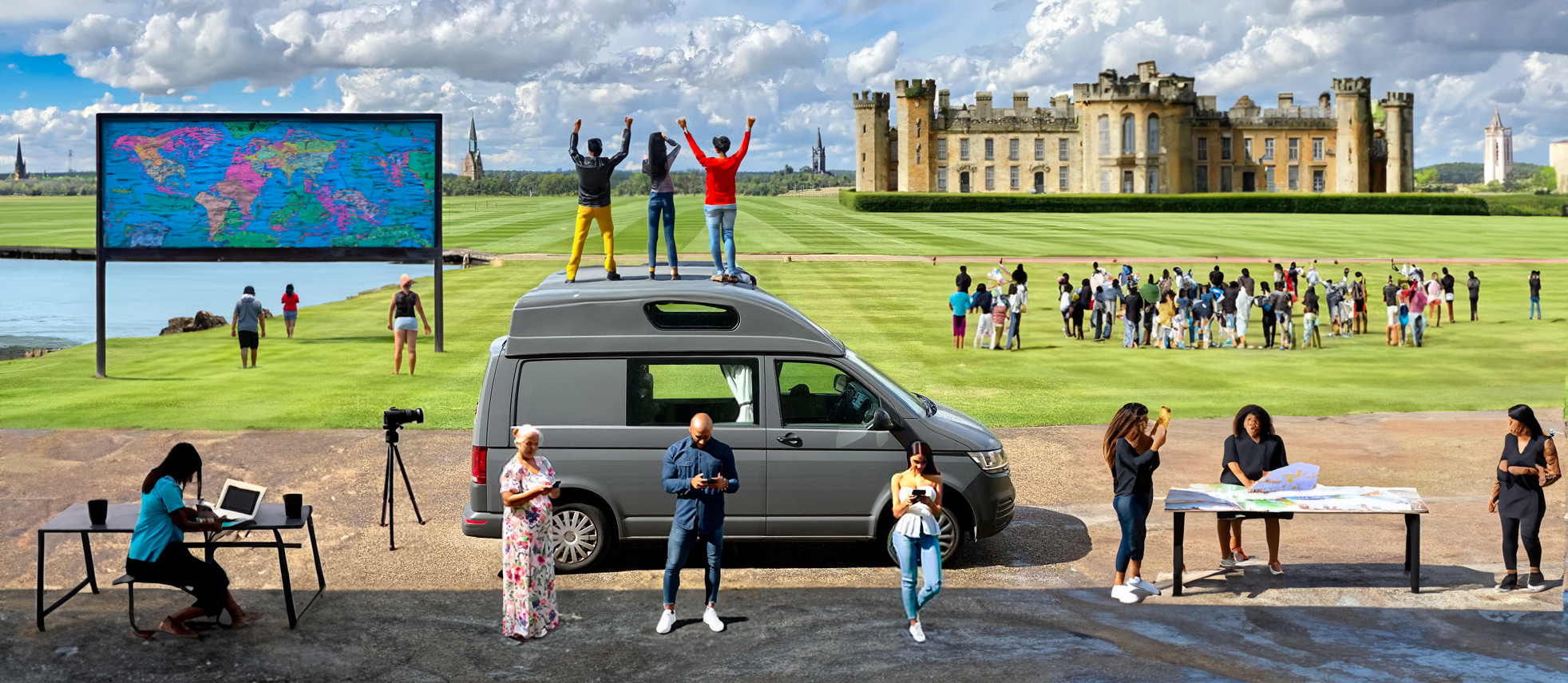
Thank You!
Photographs and words by Andy Marshall (unless otherwise stated). Most photographs are taken with Iphone 14 Pro and DJI Mini 3 Pro.
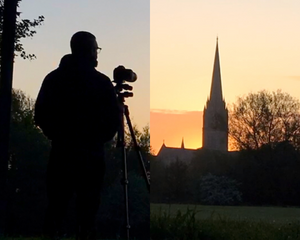
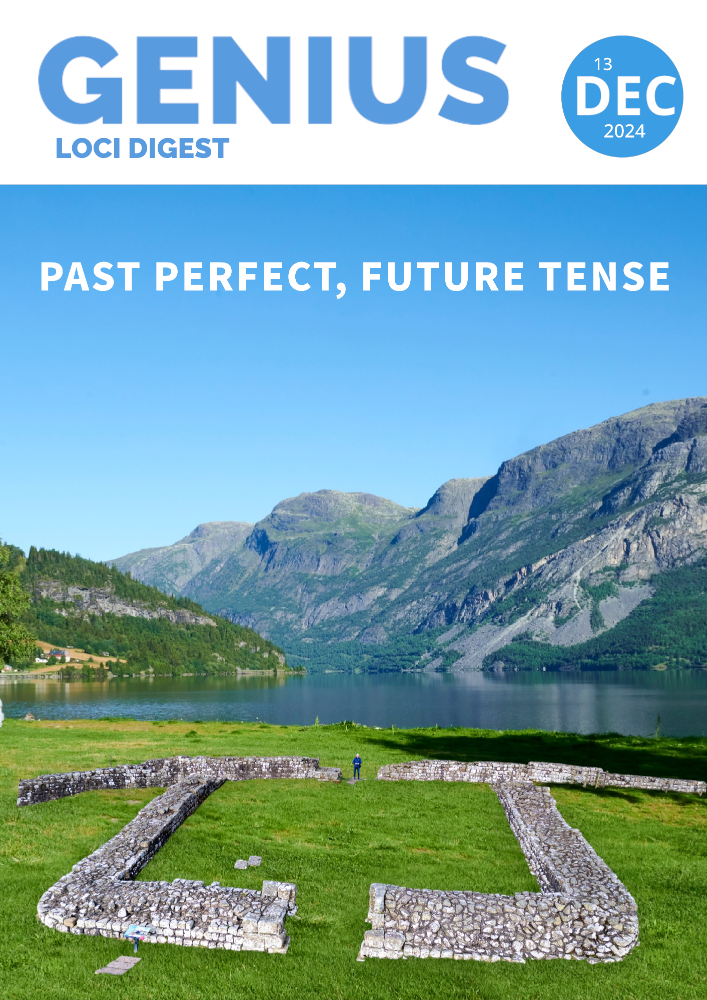
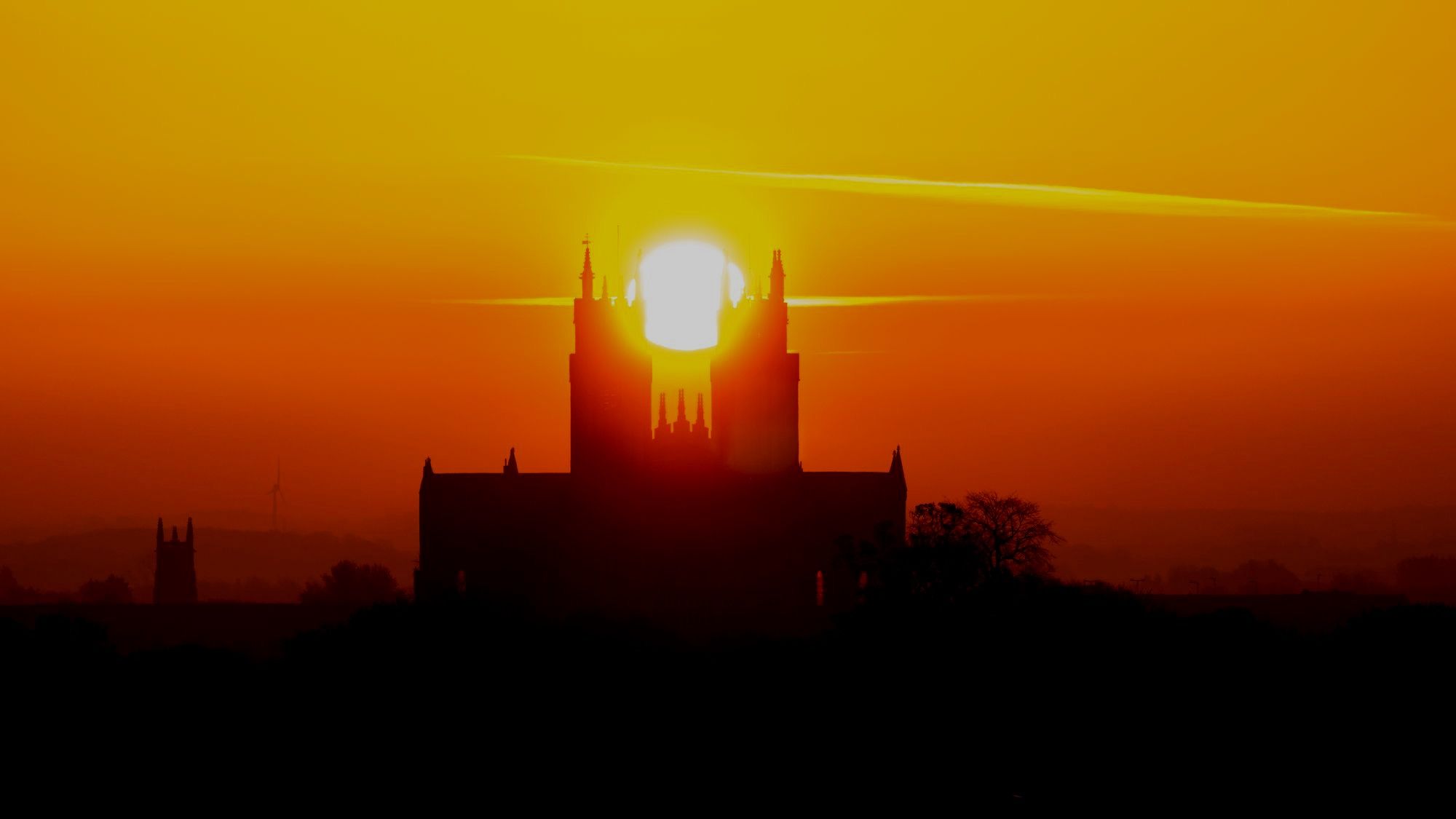

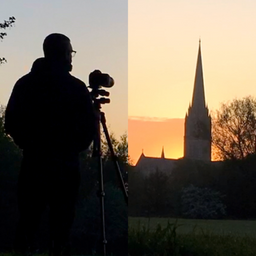
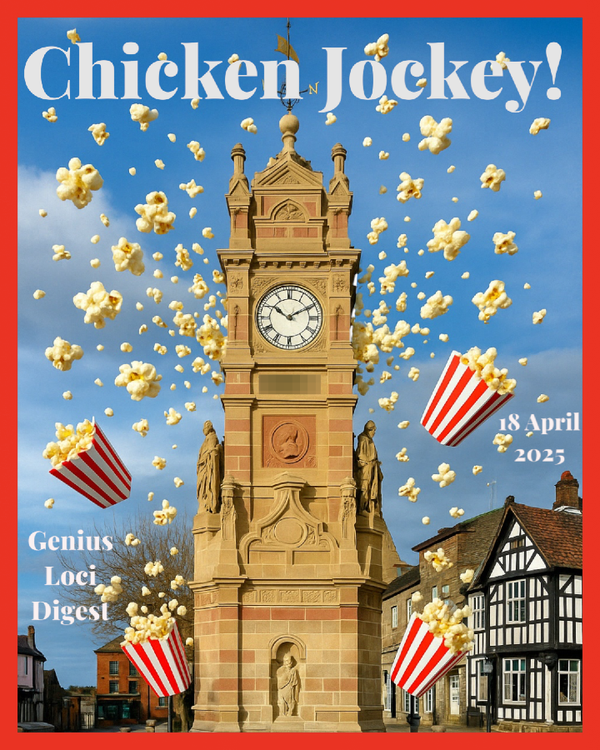
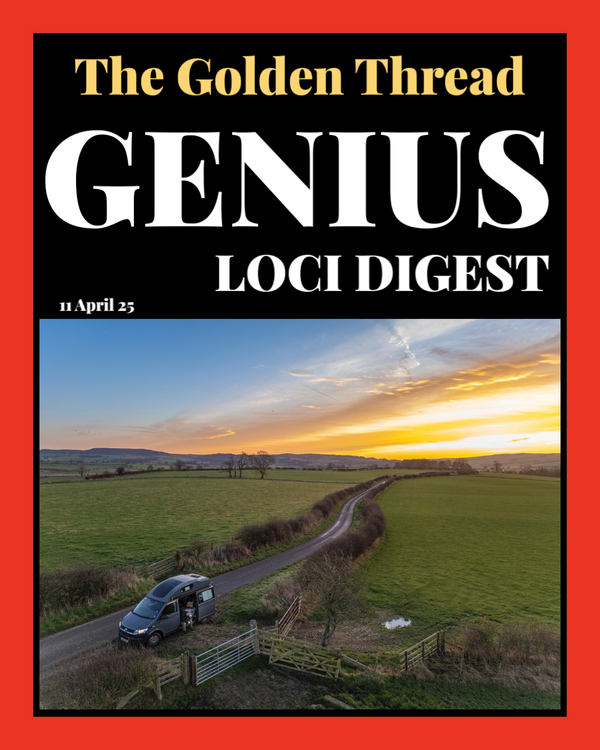
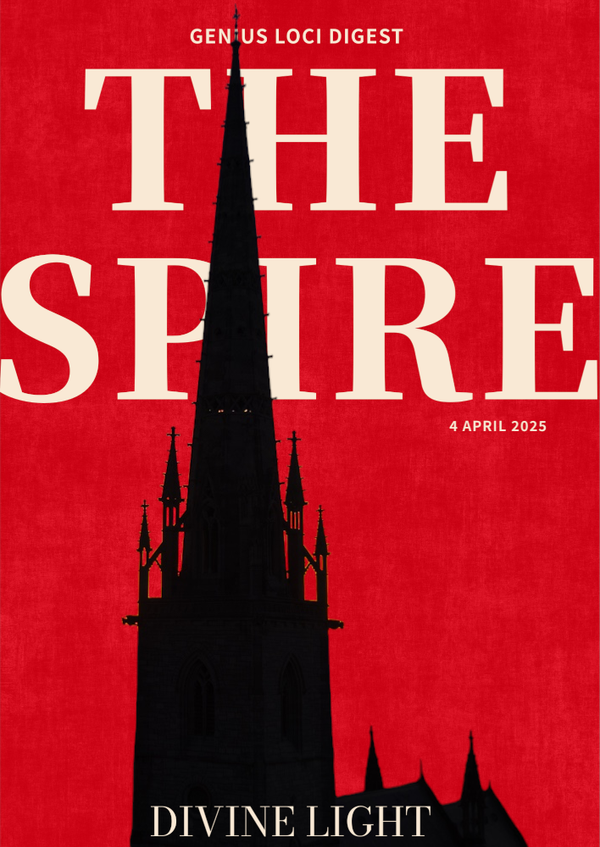
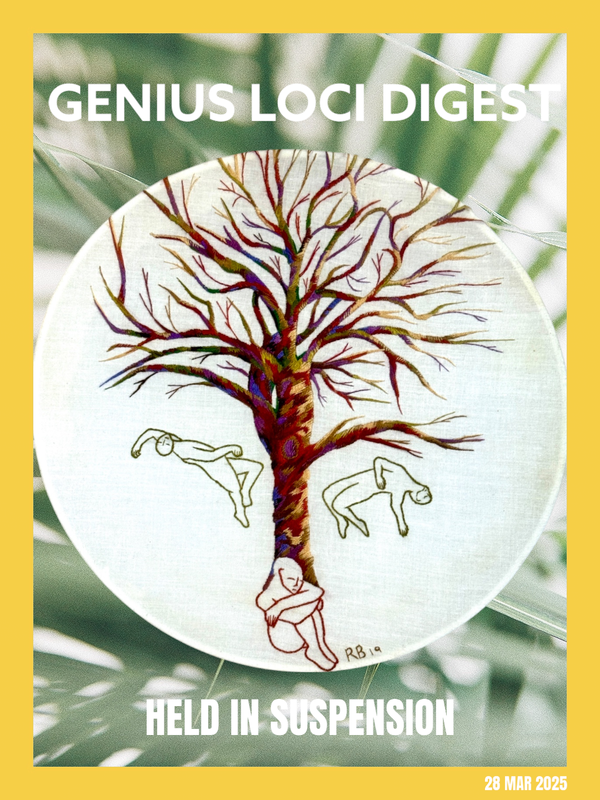

Member discussion